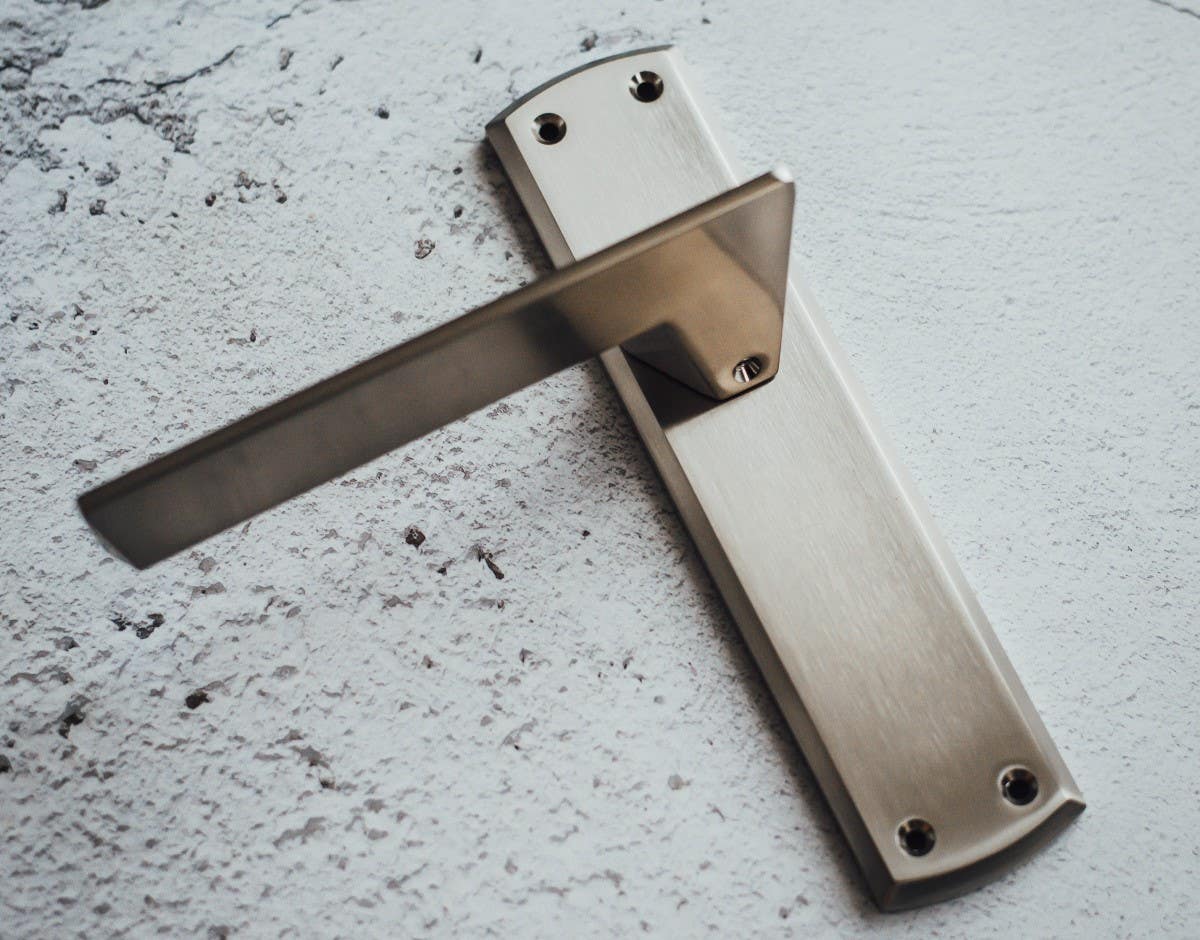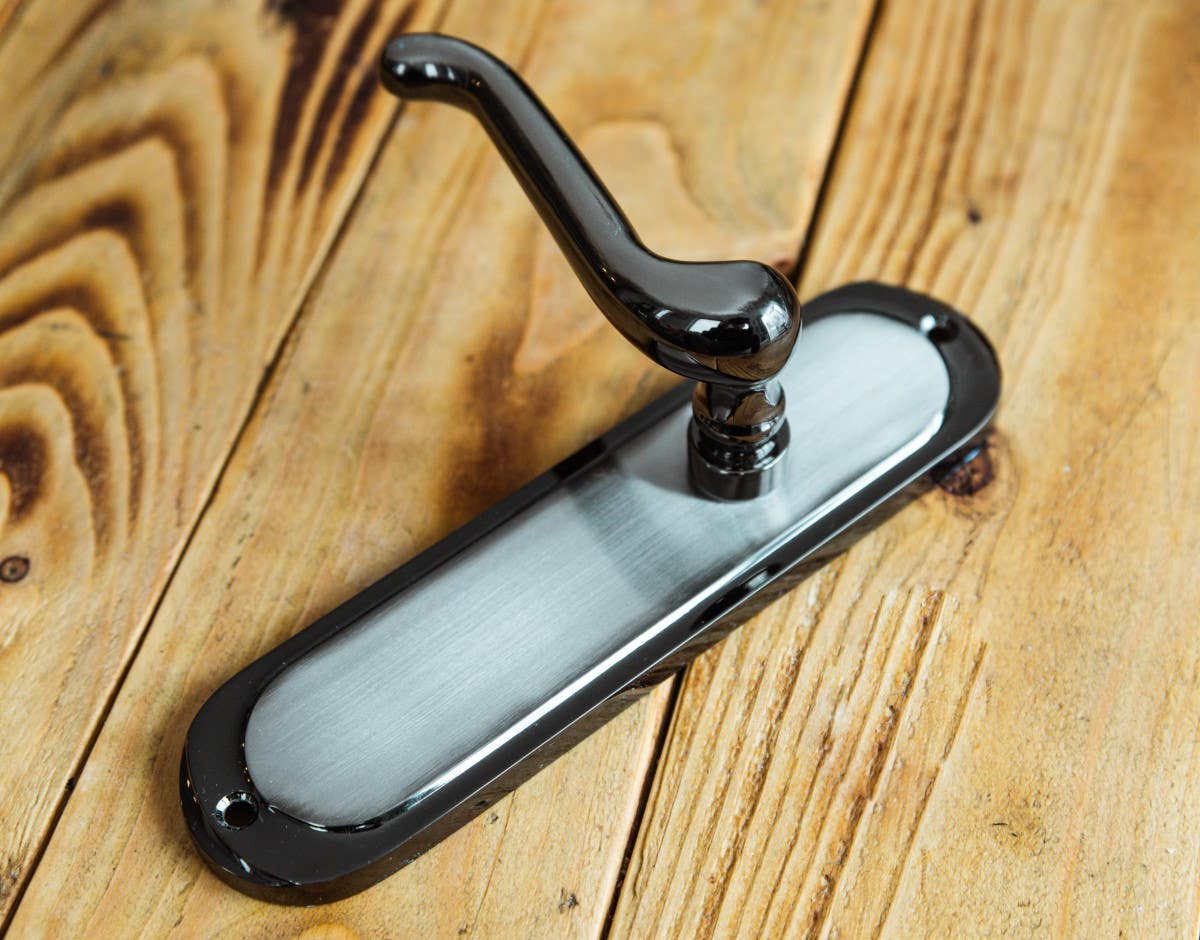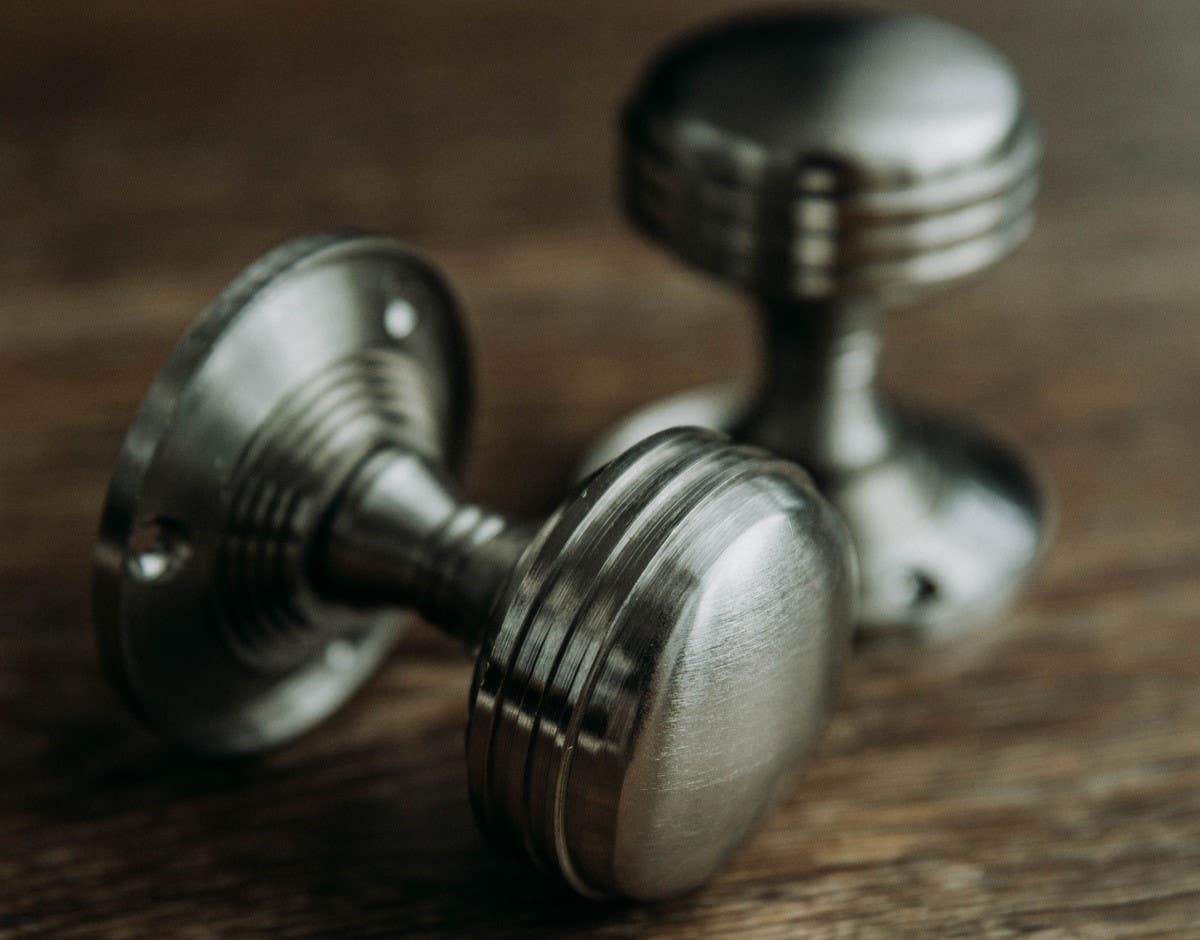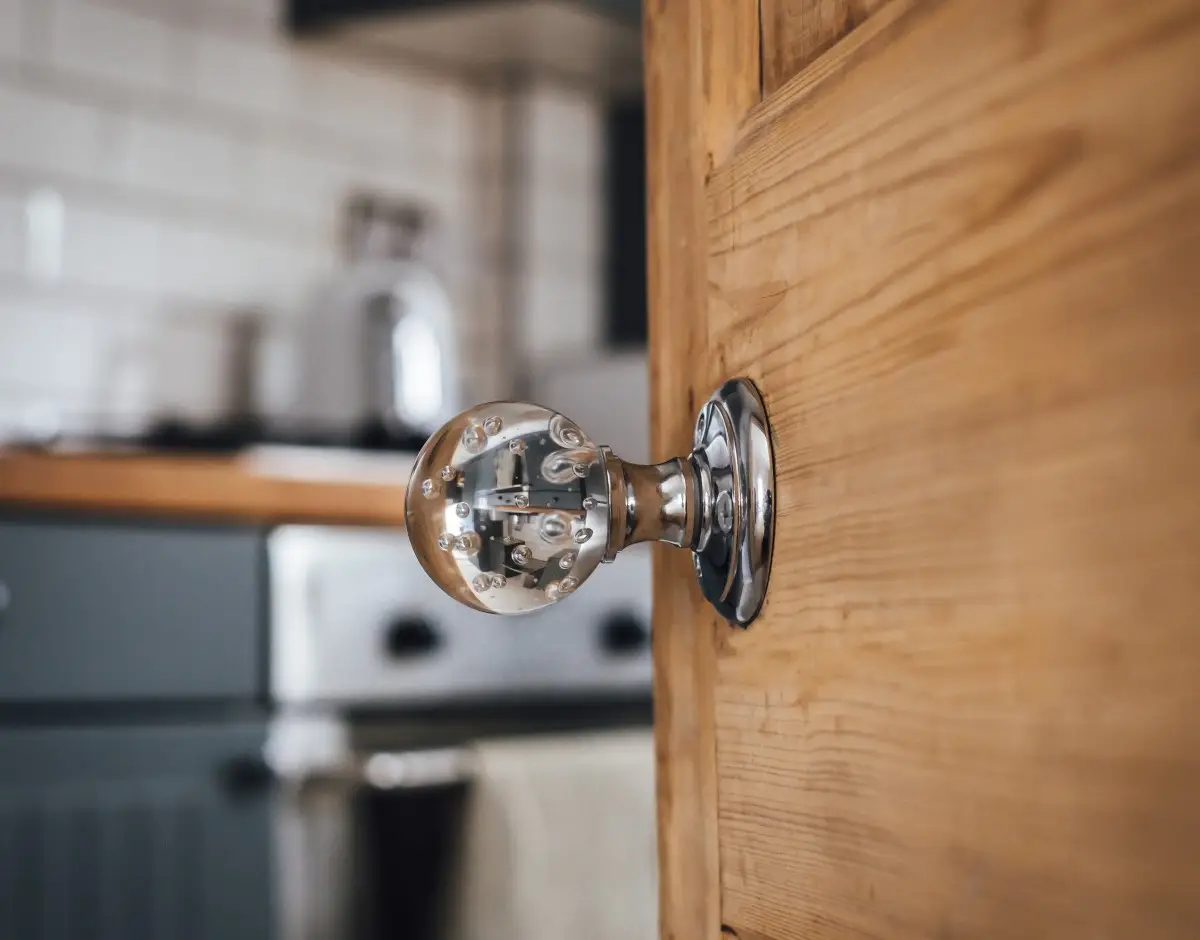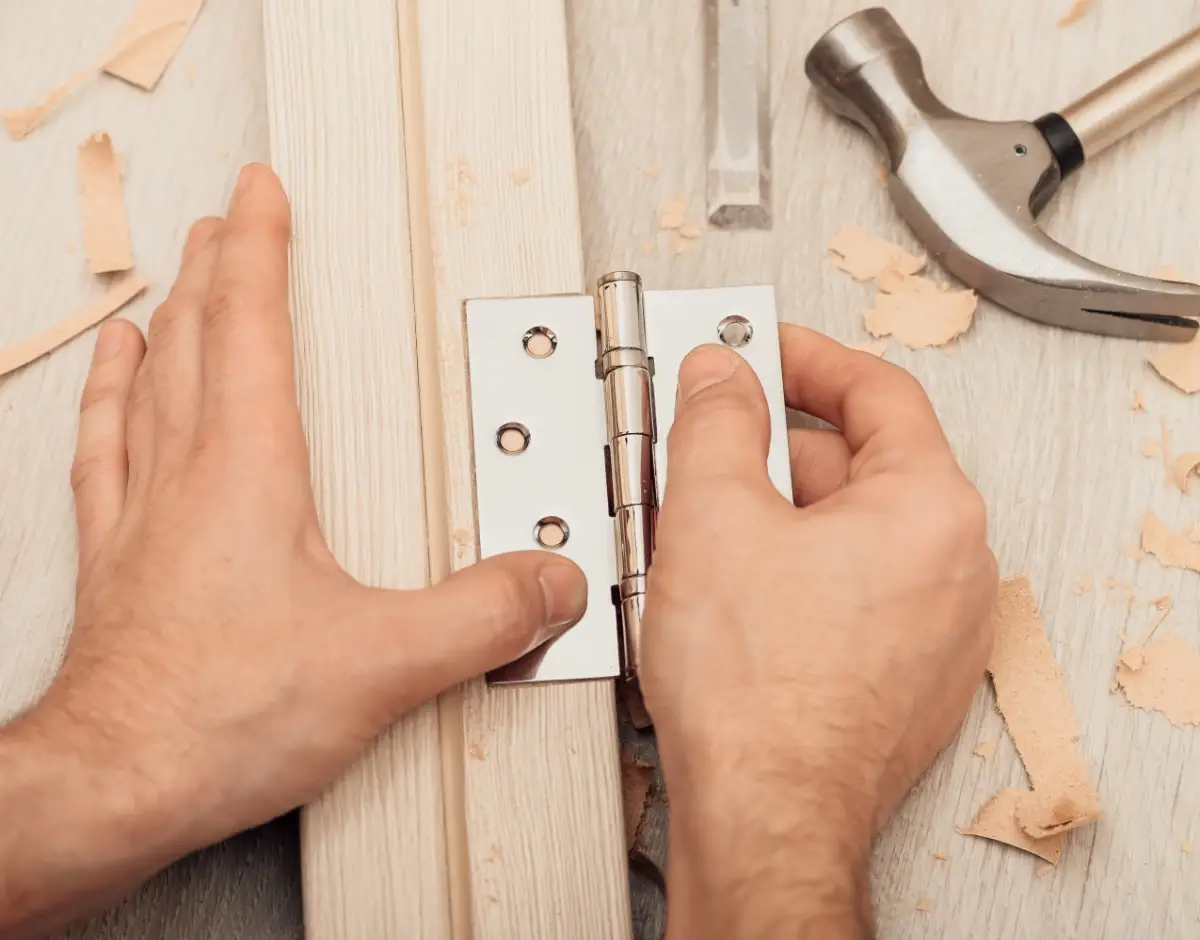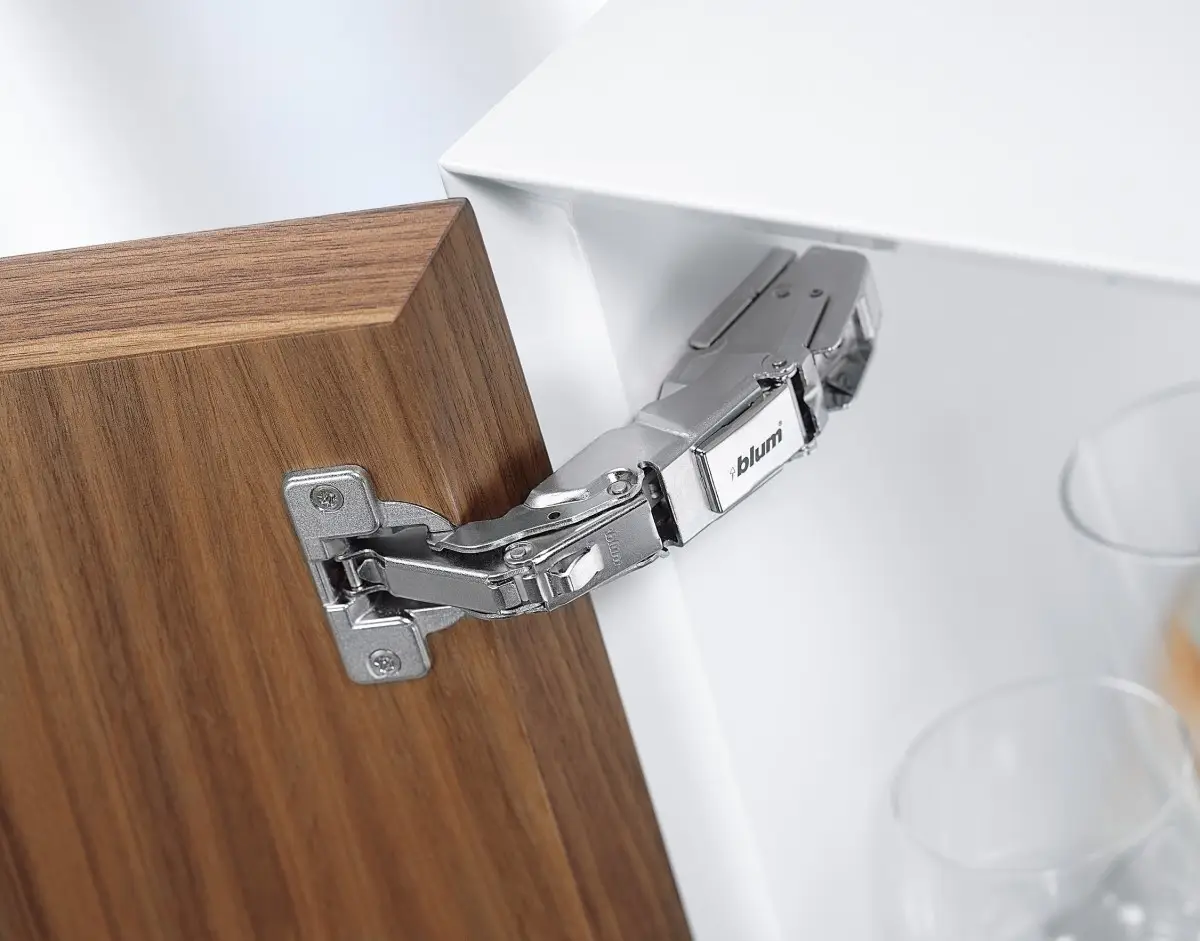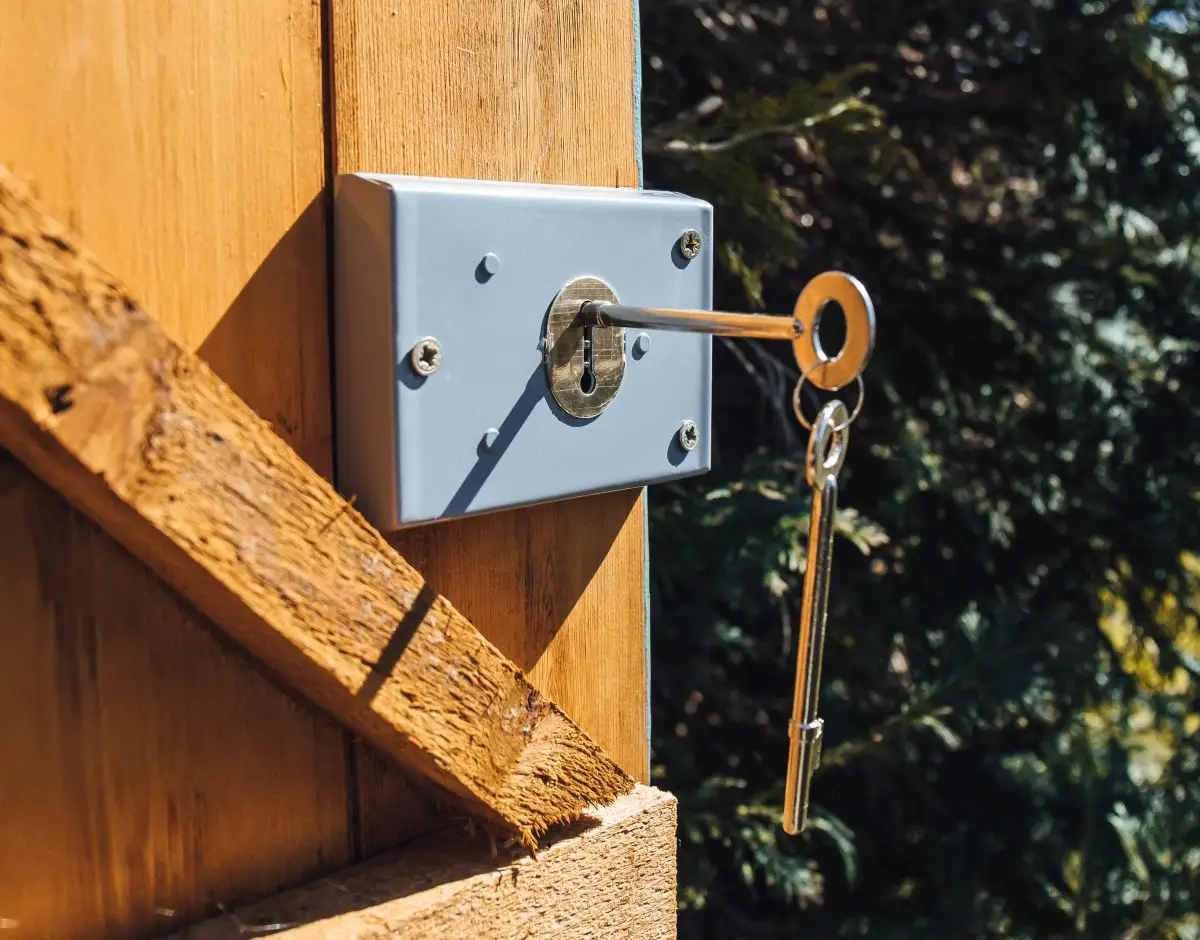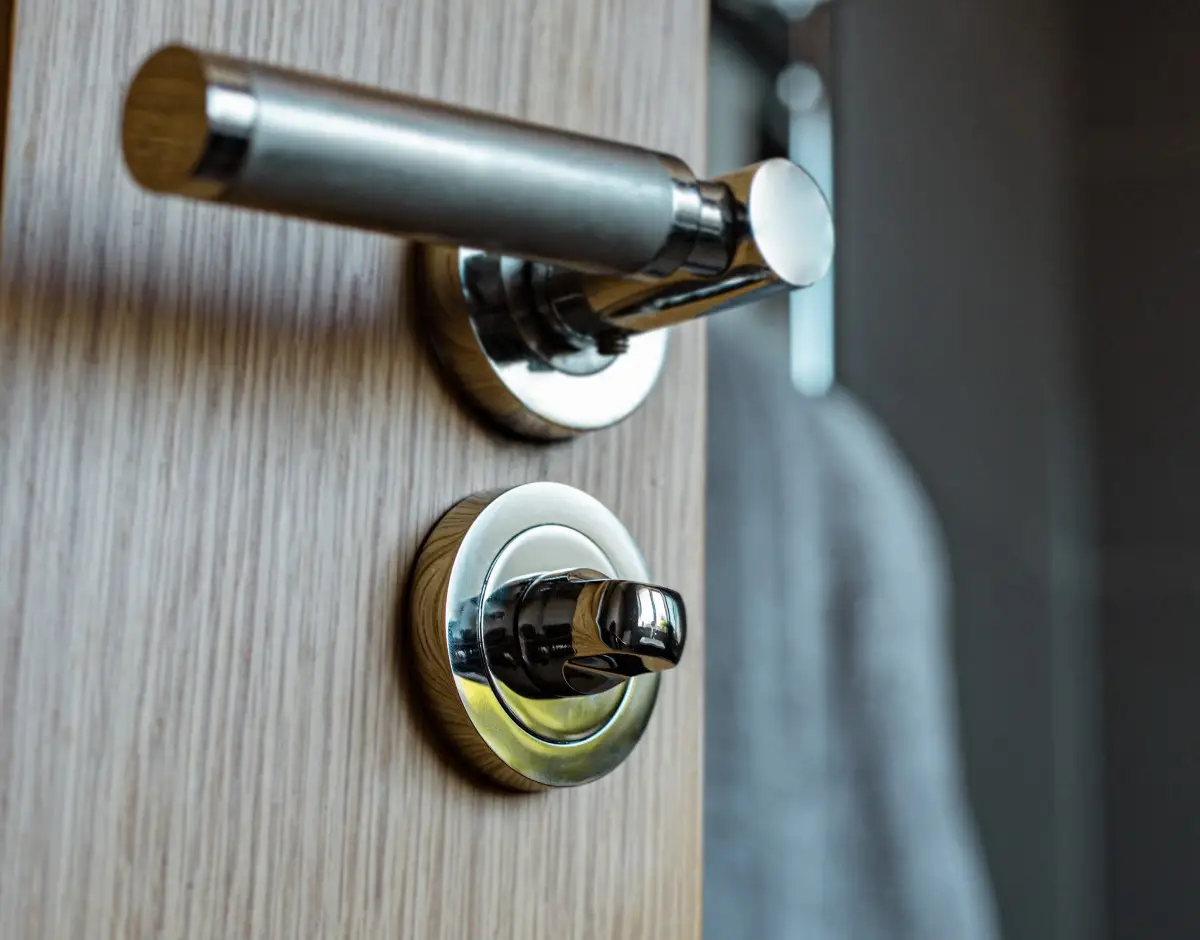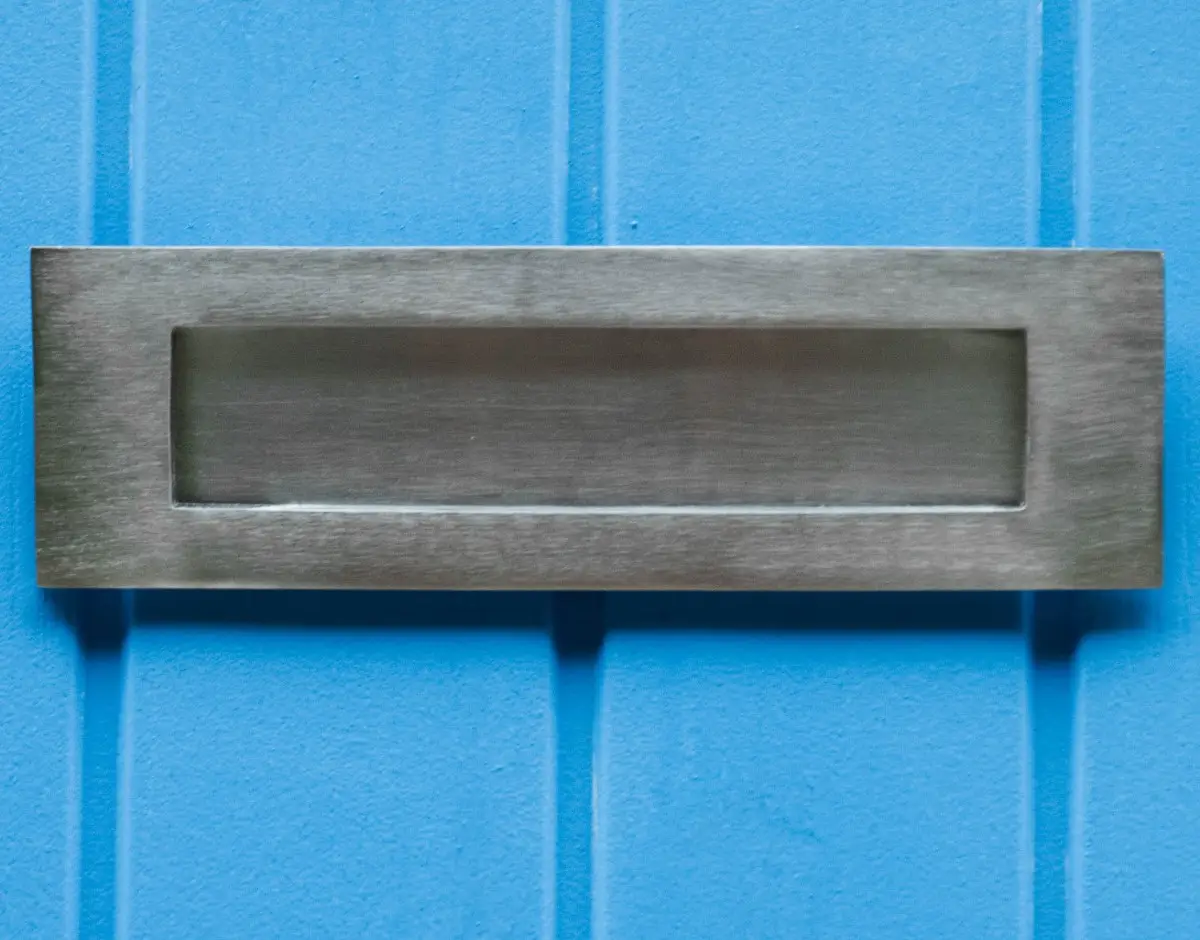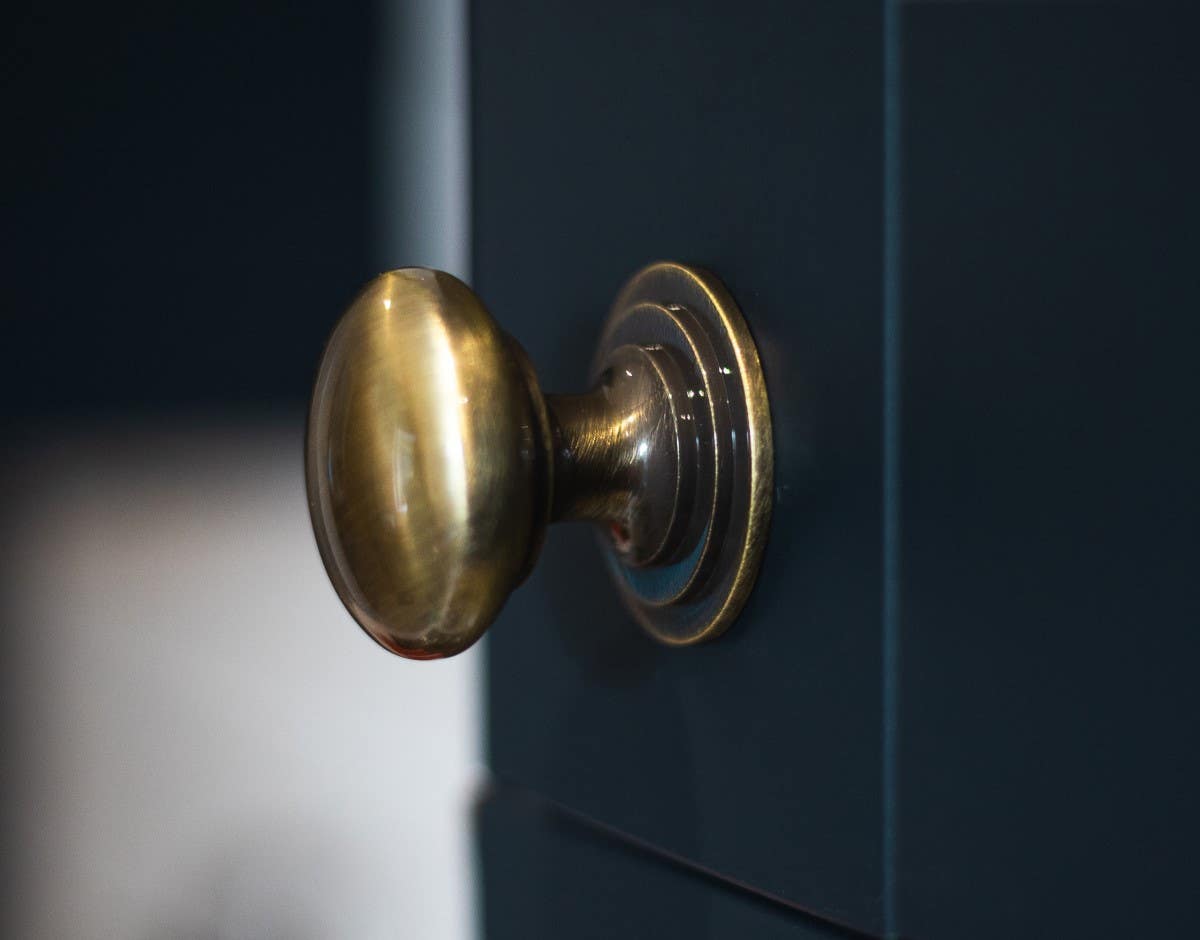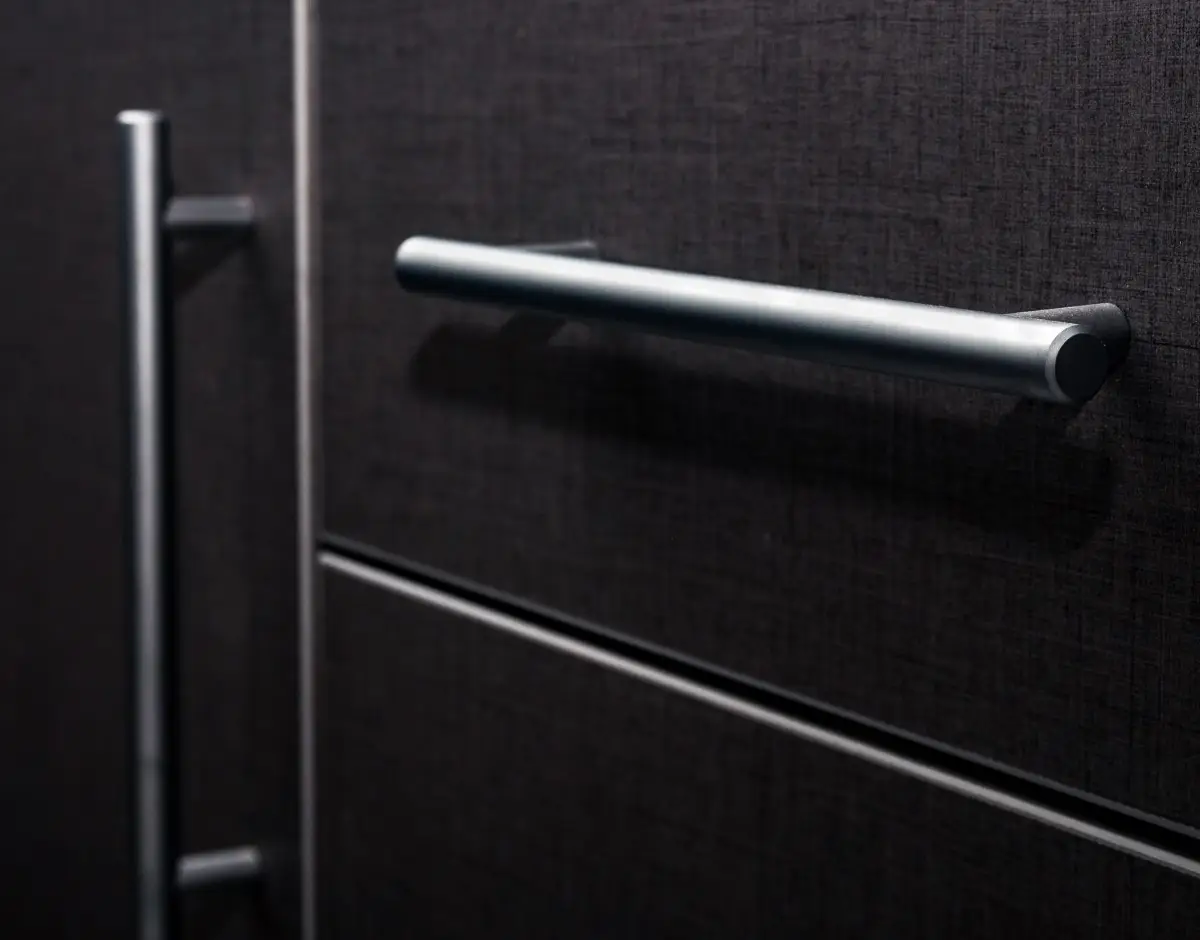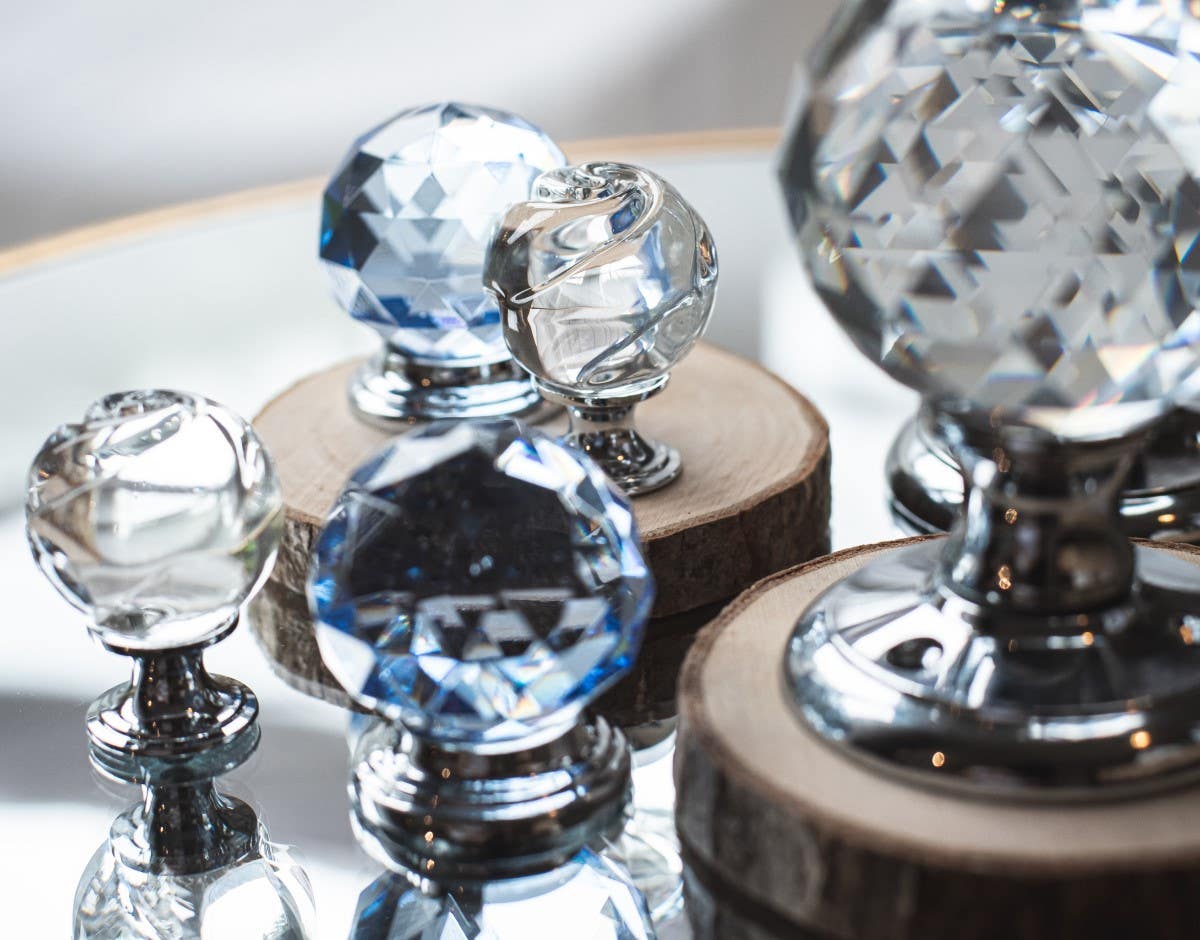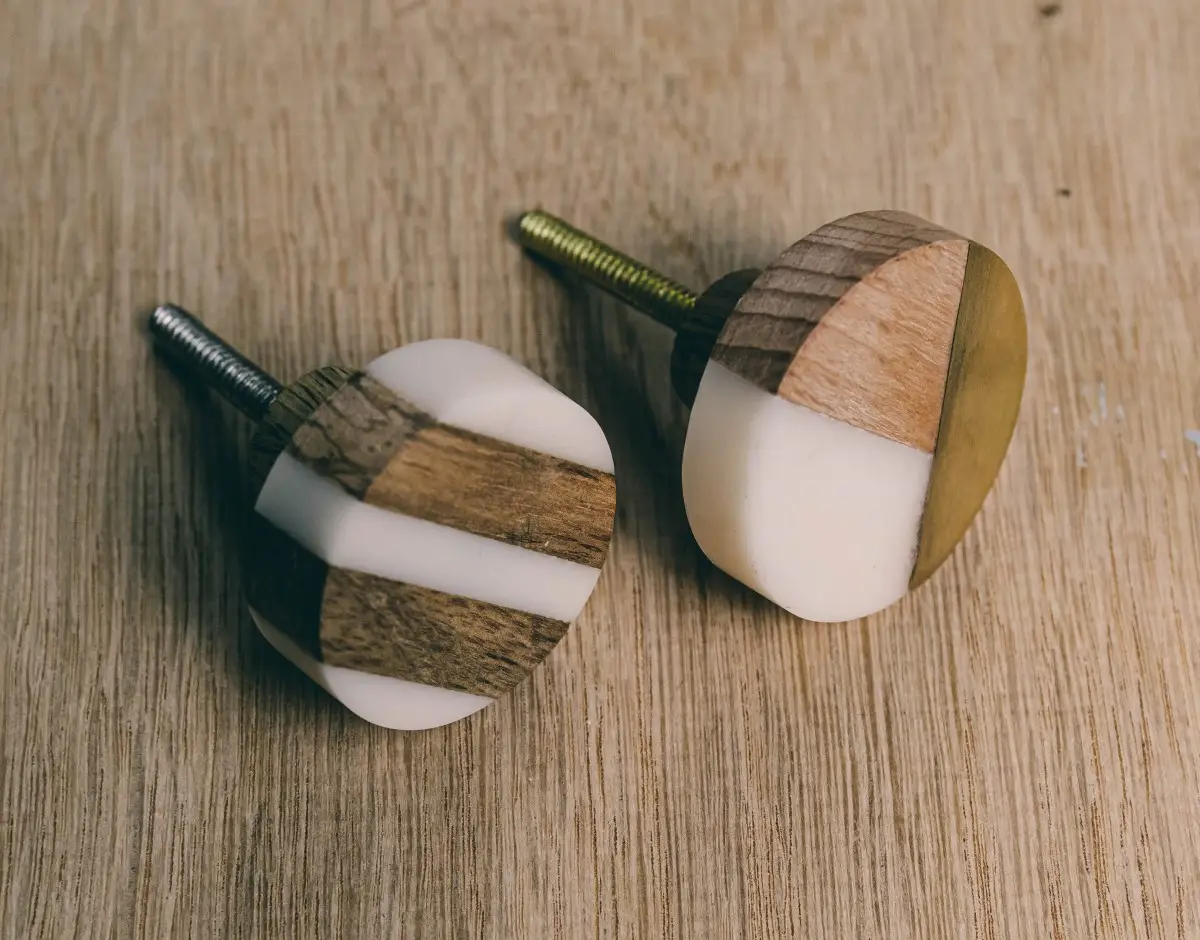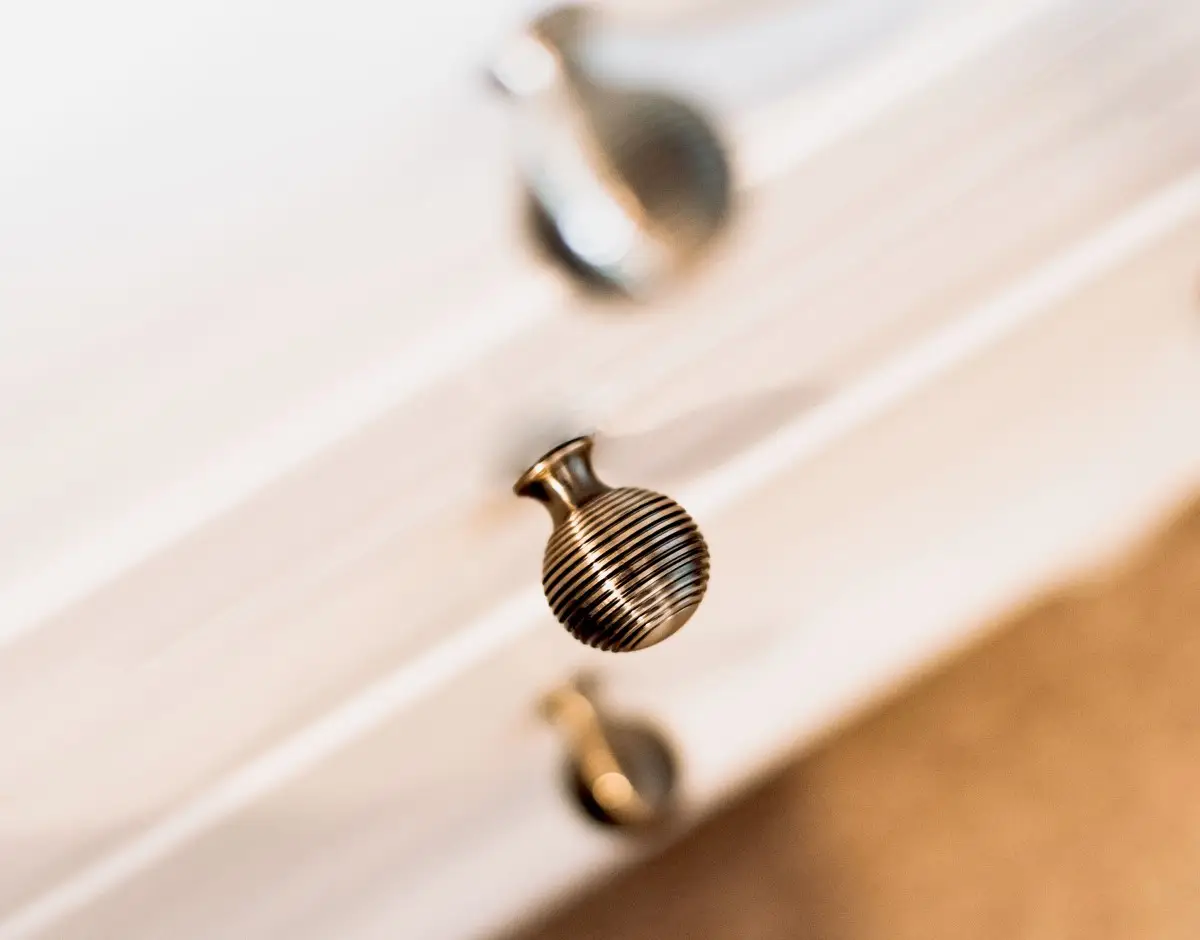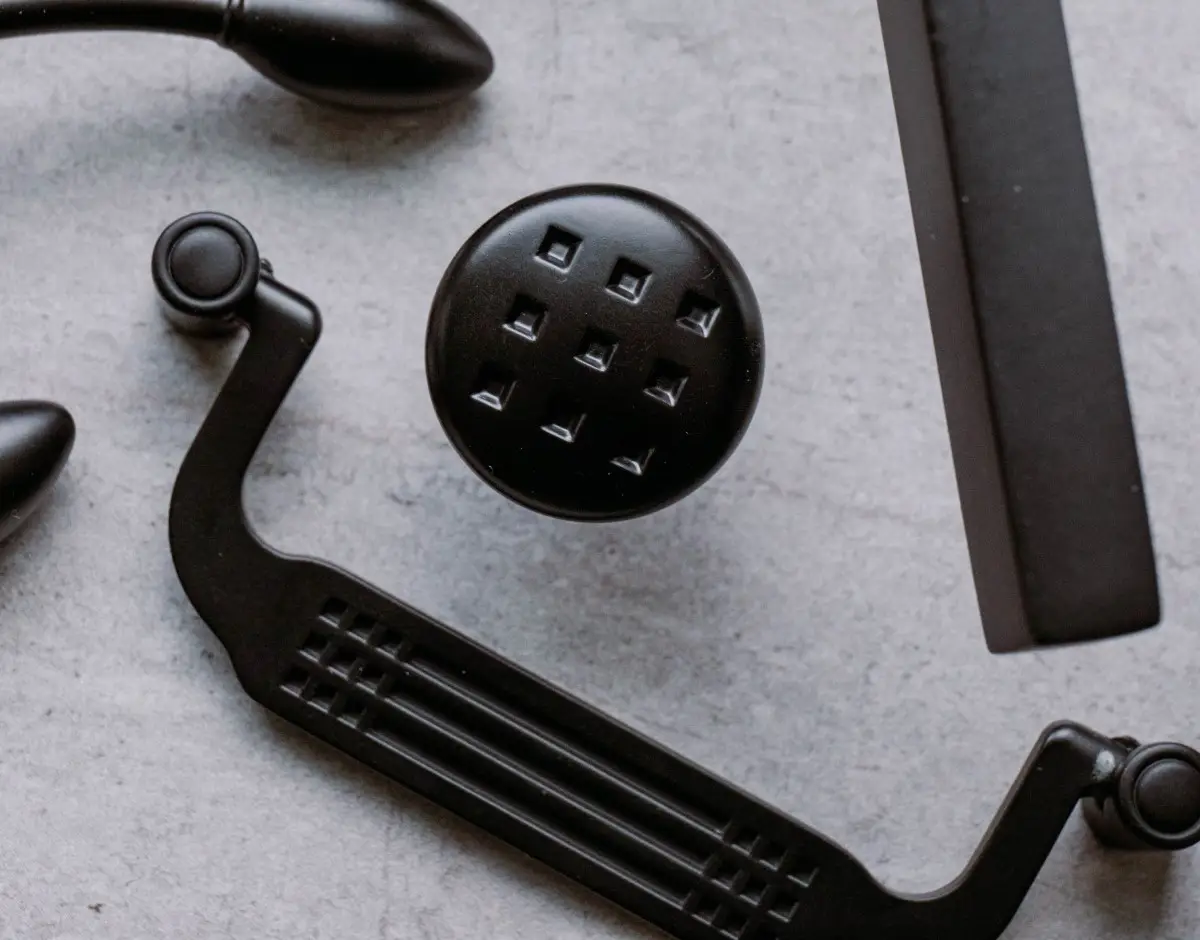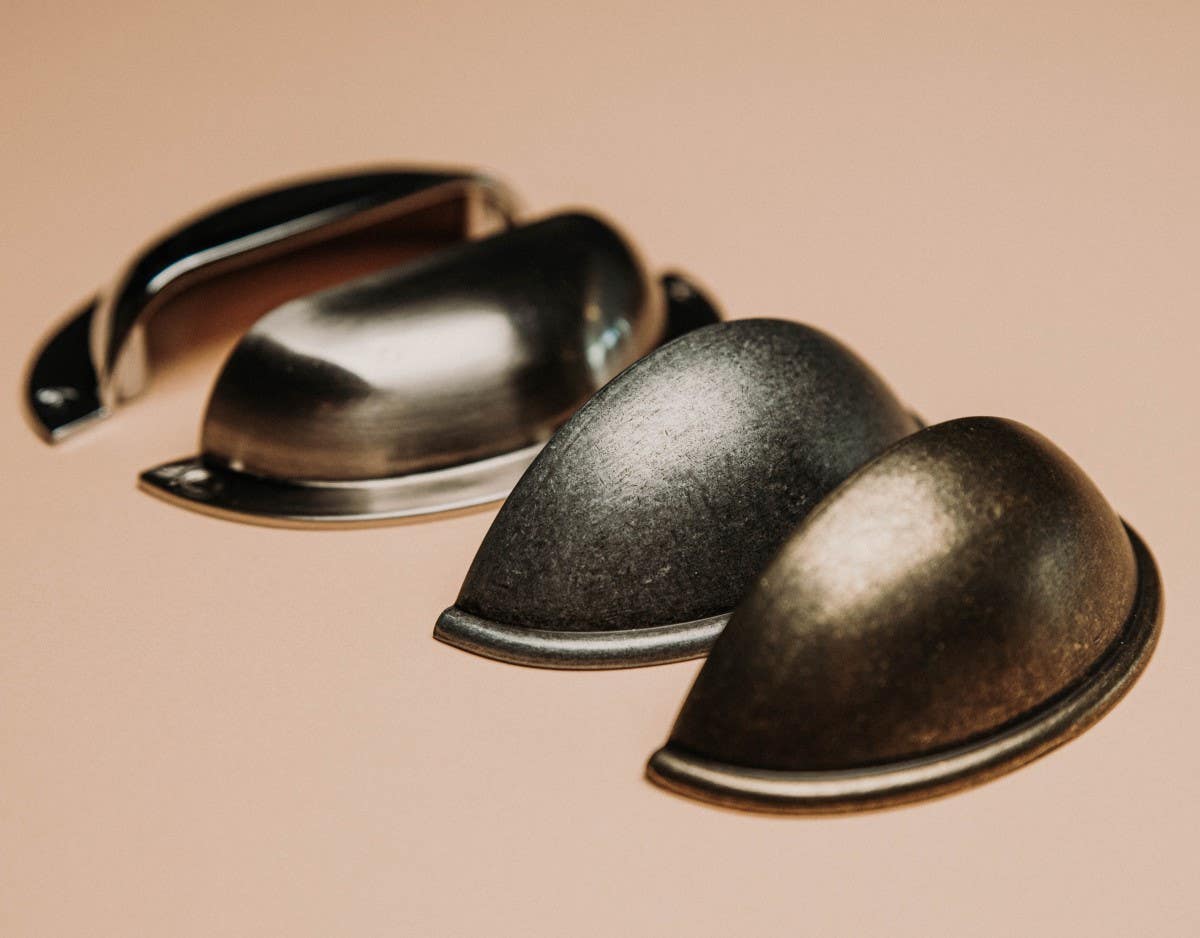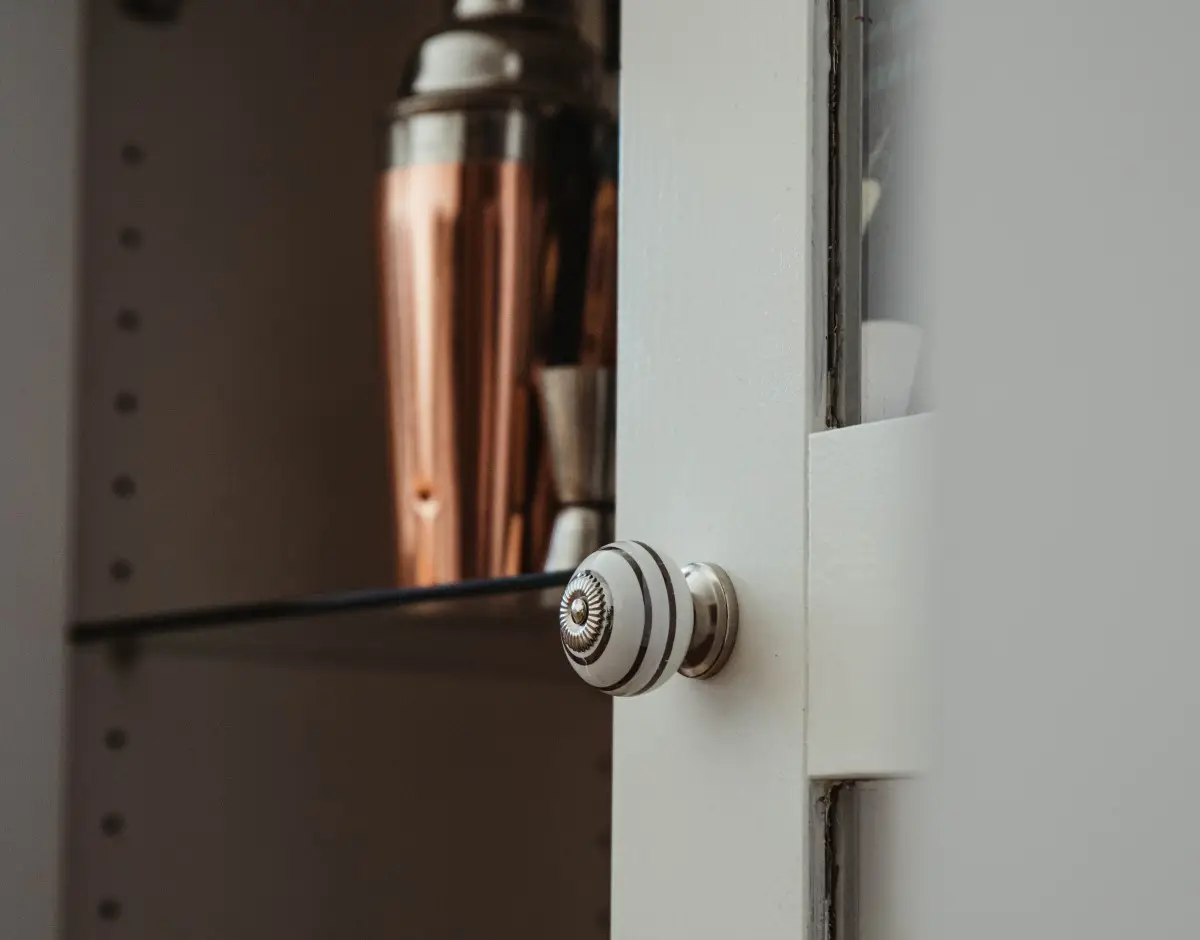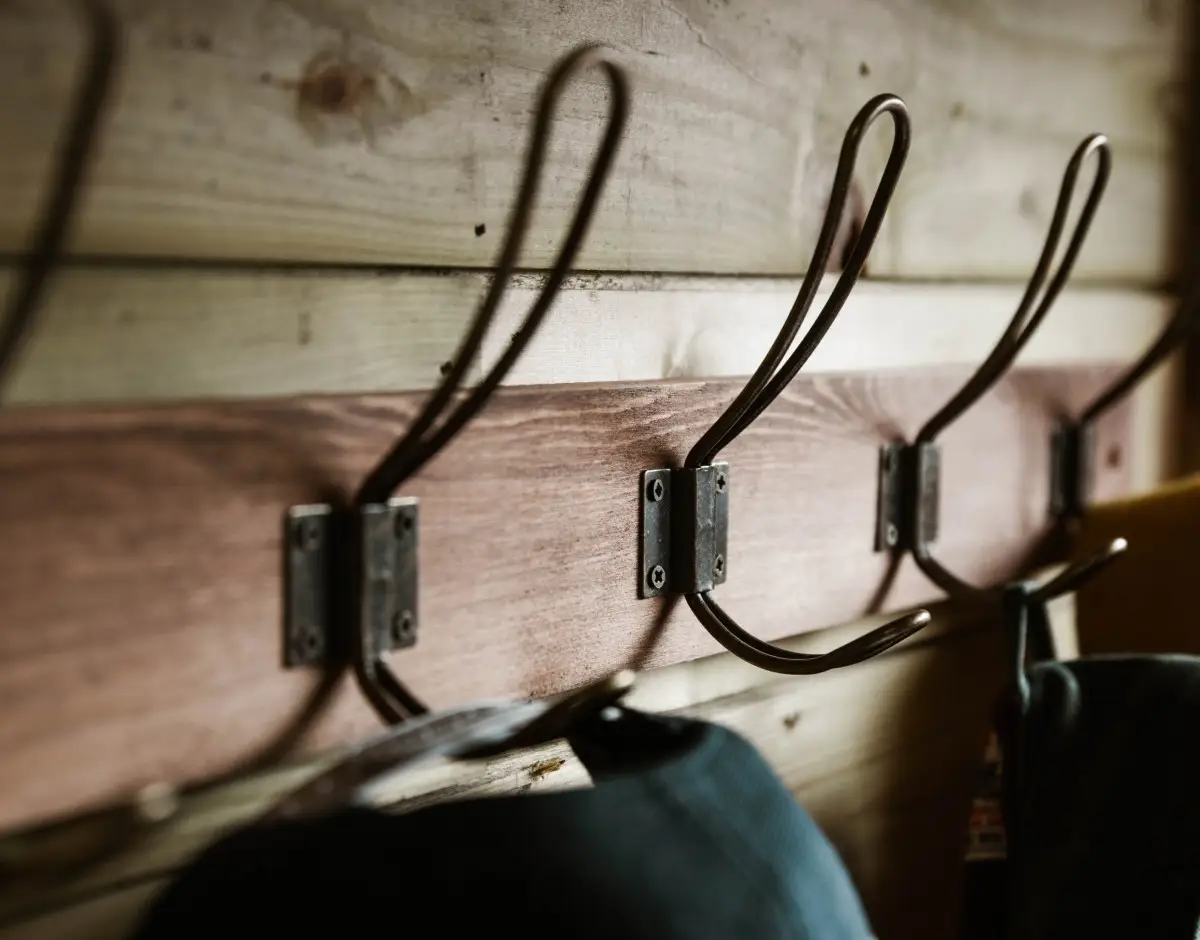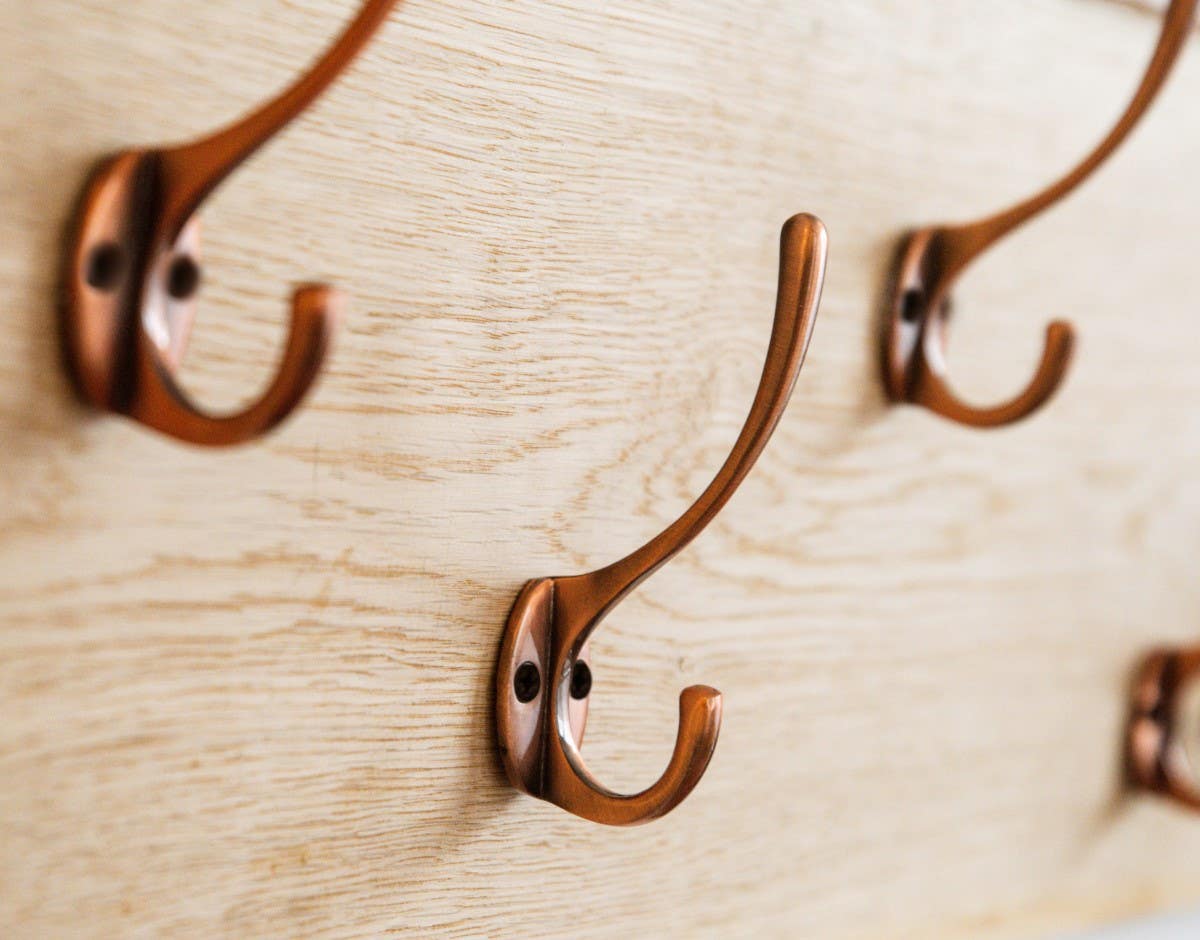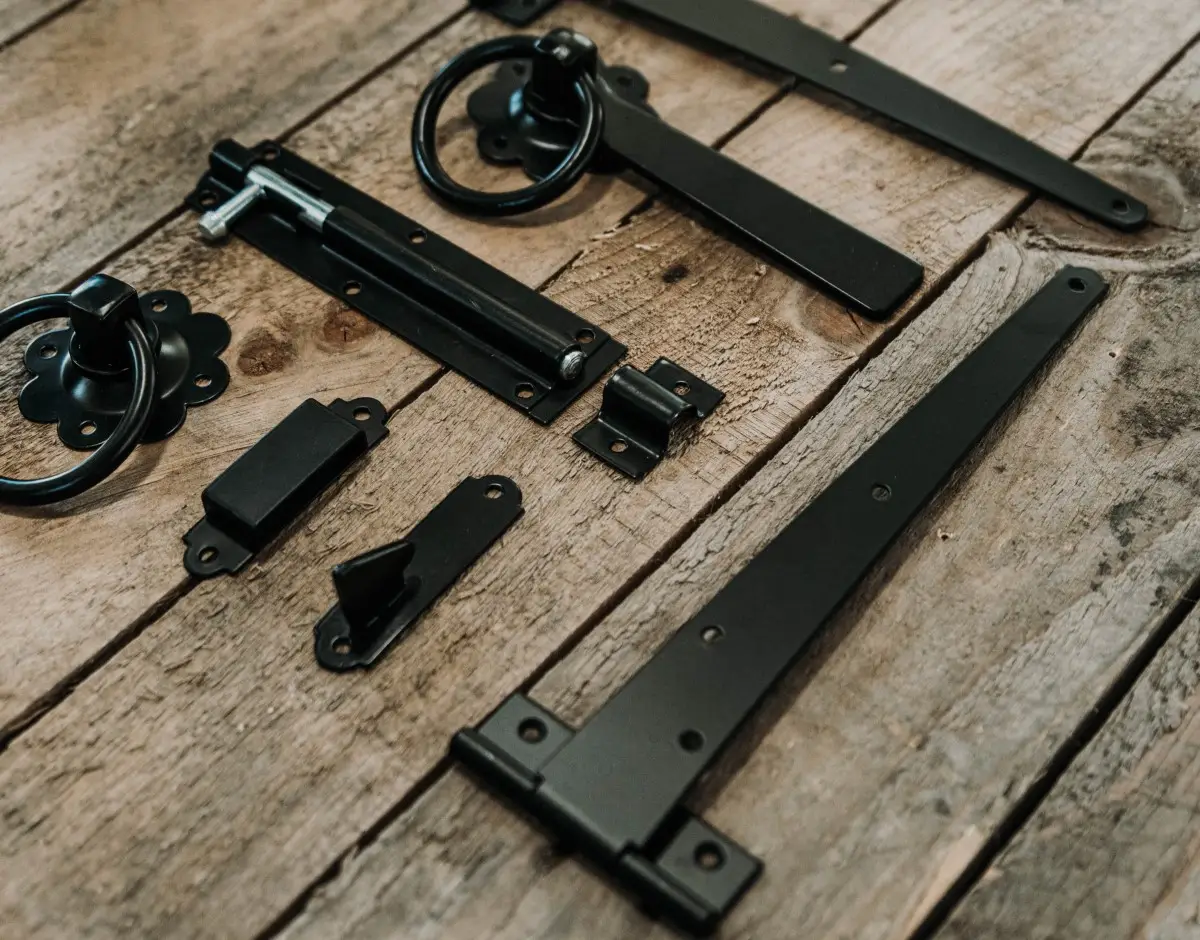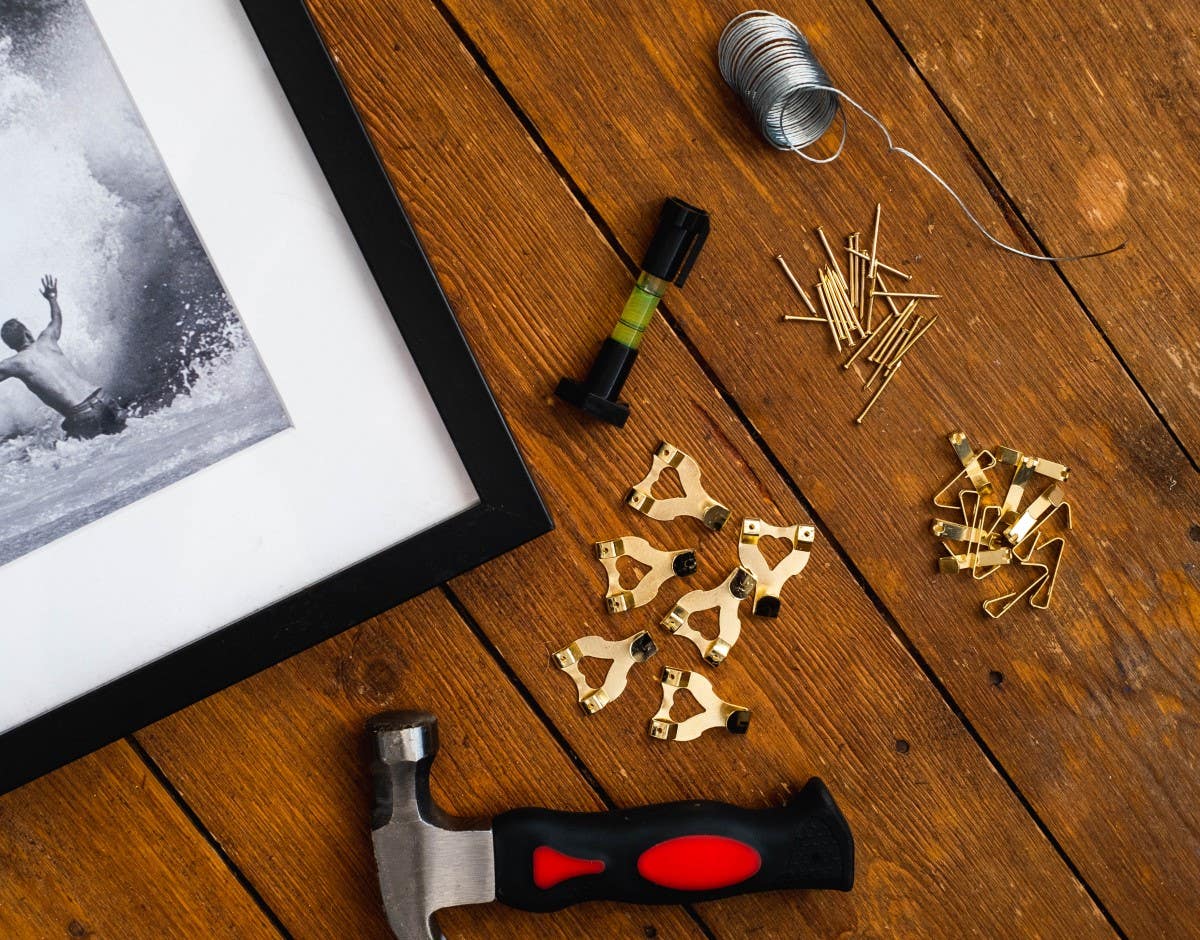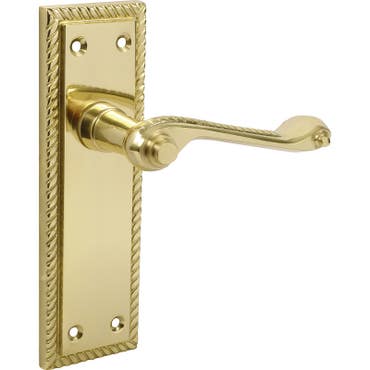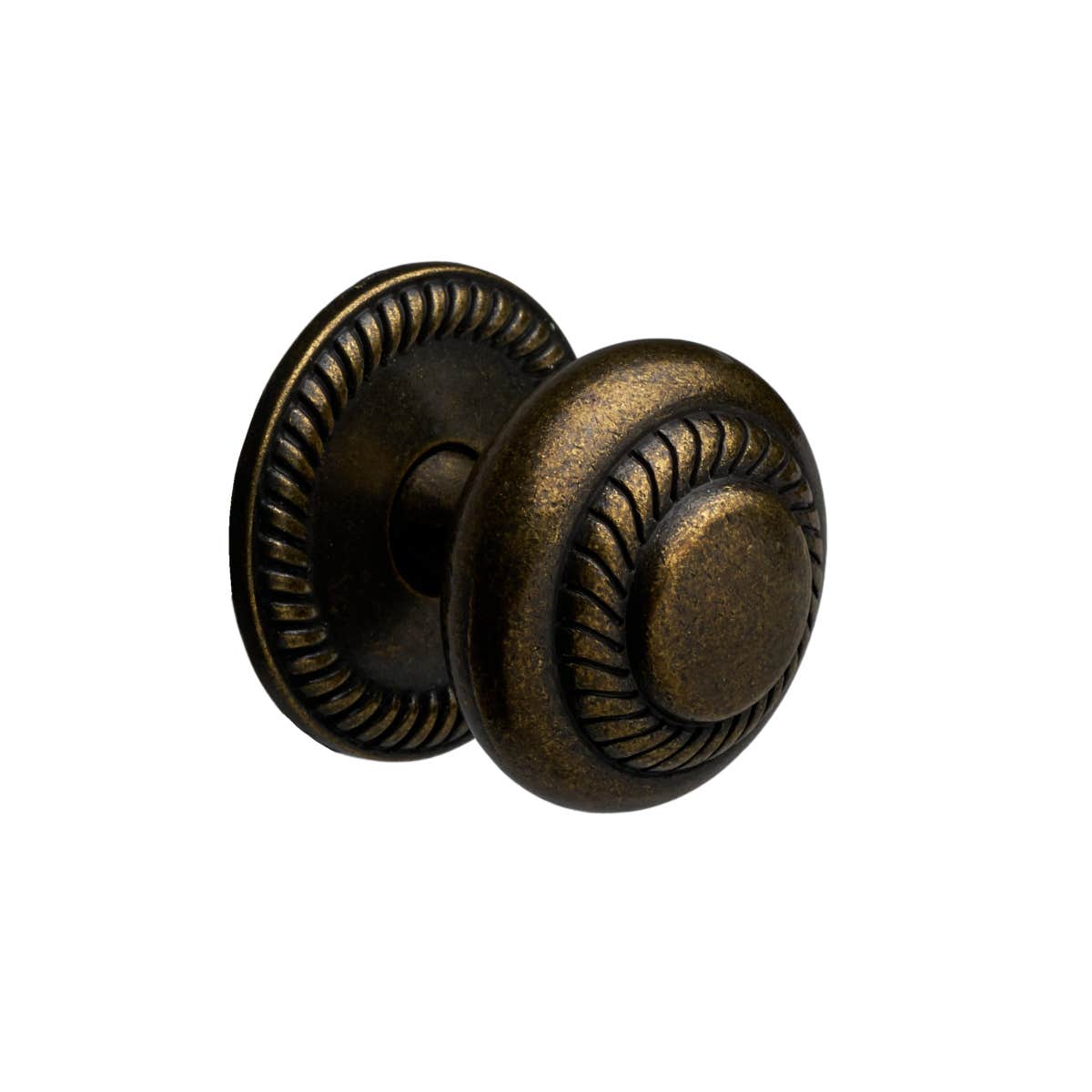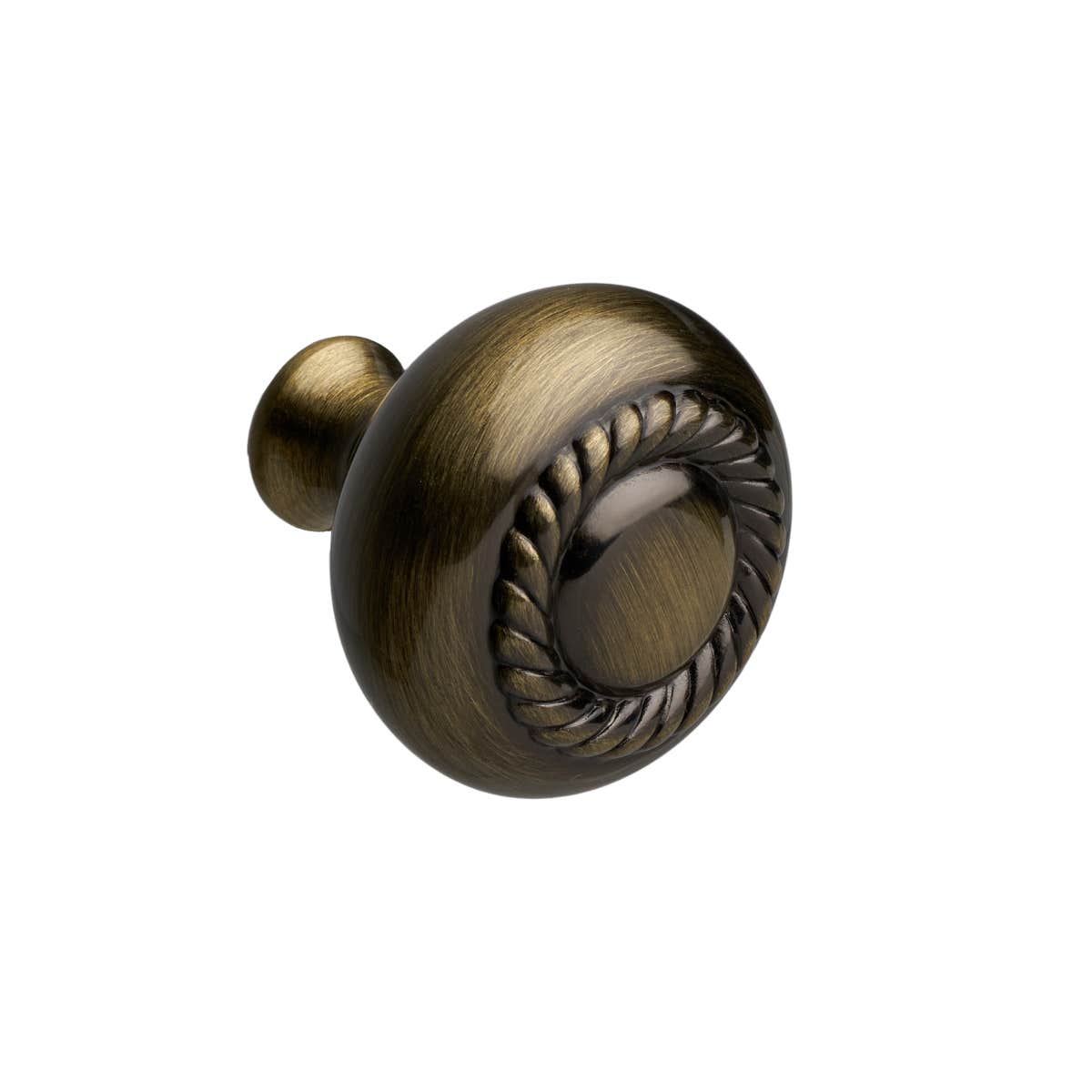Exploring Traditional Internal Door Handles - Georgian Style

Article Topics:
-
Introduction
-
Neoclassical
-
Symmetry and balance
-
Architectural details
-
Furniture and textiles
-
Colour palette
-
Rococo influence
-
Elegant accessorising
-
Georgian period door furniture
-
Period and contemporary application
Introduction
The history of the traditional door furniture we use today represents an evolution in different designs and styles stretching back to the Georgian era. But what does the ‘Georgian’ era mean in design? And how does it influence today’s interiors? The aim of this article is to explore what we mean by Georgian and to give some examples of Georgian style.

The Georgian period spanned from the early 18th century to the early 19th century, and is characterised by a distinct design aesthetic influenced by neoclassical principles, symmetry, and in the later period a sense of rococo opulence. Generally Georgian interior design and design elements remain popular for décor, furnishings and important detailing such as intricate plaster work, cabinetry, door handles and door knobs. There are several key interior design features that define the period. Let’s begin by looking at the foundational neoclassical influence.
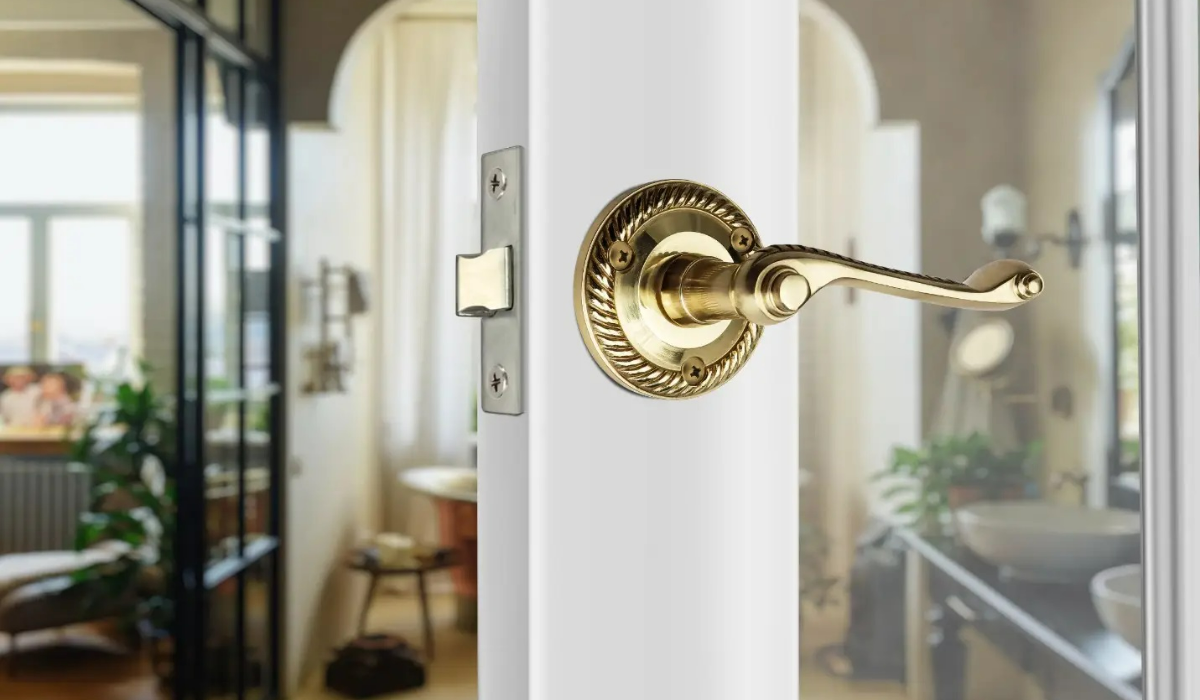
Neoclassical
The Georgian era was marked by a revival of interest in classical Greek and Roman design elements. This influence is evident in the architecture, furniture, and decorative arts of the time. Neoclassical motifs such as columns, pilasters and pediments were commonly used in interiors to evoke a sense of ancient grandeur and harmony.

Symmetry and Balance
Symmetry is a fundamental aspect of Georgian architecture and interior design. Period rooms are often designed with balanced arrangements of furniture, architectural elements, and decorative details. The emphasis on symmetry creates a sense of order and harmony, reflecting the neoclassical ideals of balance and proportion.
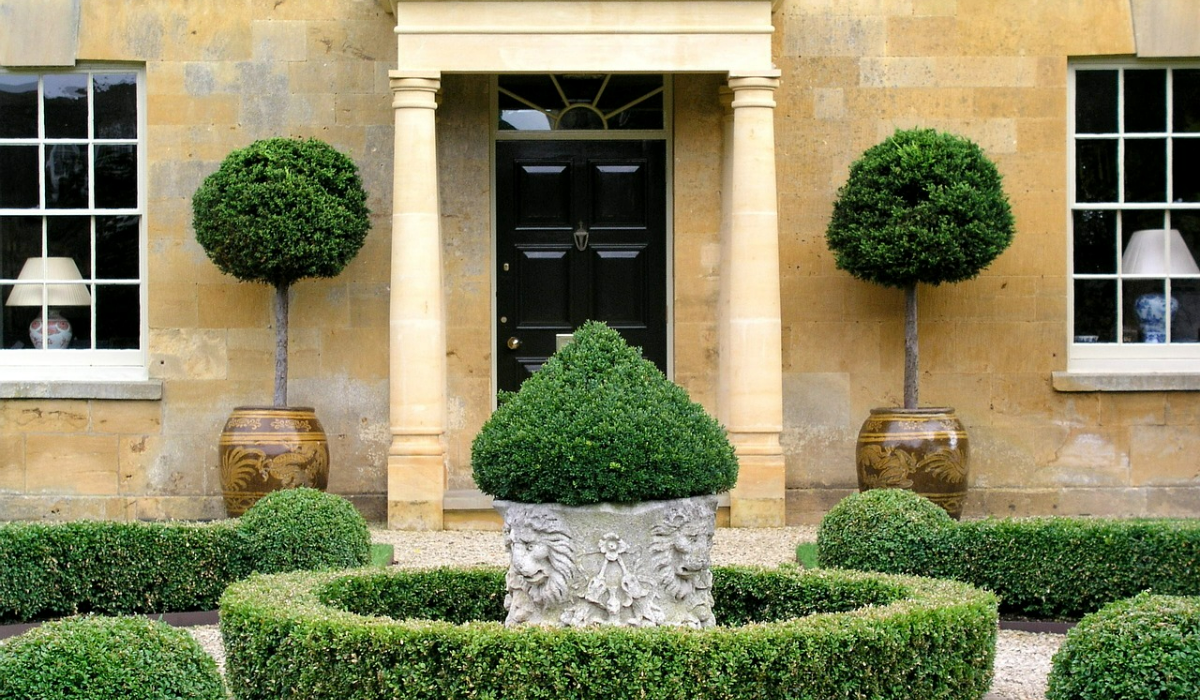
Architectural Details
Such interiors feature wainscoting, dado rails and cornices. These details add depth and texture to walls, emphasising the height of a space. Mouldings, including crown mouldings and baseboards, were intricately designed to complement the overall neoclassical aesthetic.

Furniture and Textiles
Furniture from the period features clean lines and graceful curves with a focus on functionality. Traditionally pieces are often made from high-quality woods like mahogany and walnut. Chippendale, Hepplewhite, and Sheraton are prominent furniture styles from the period. Upholstered furniture, especially sofas and chairs, feature fabrics such as silk, damask and chintz.
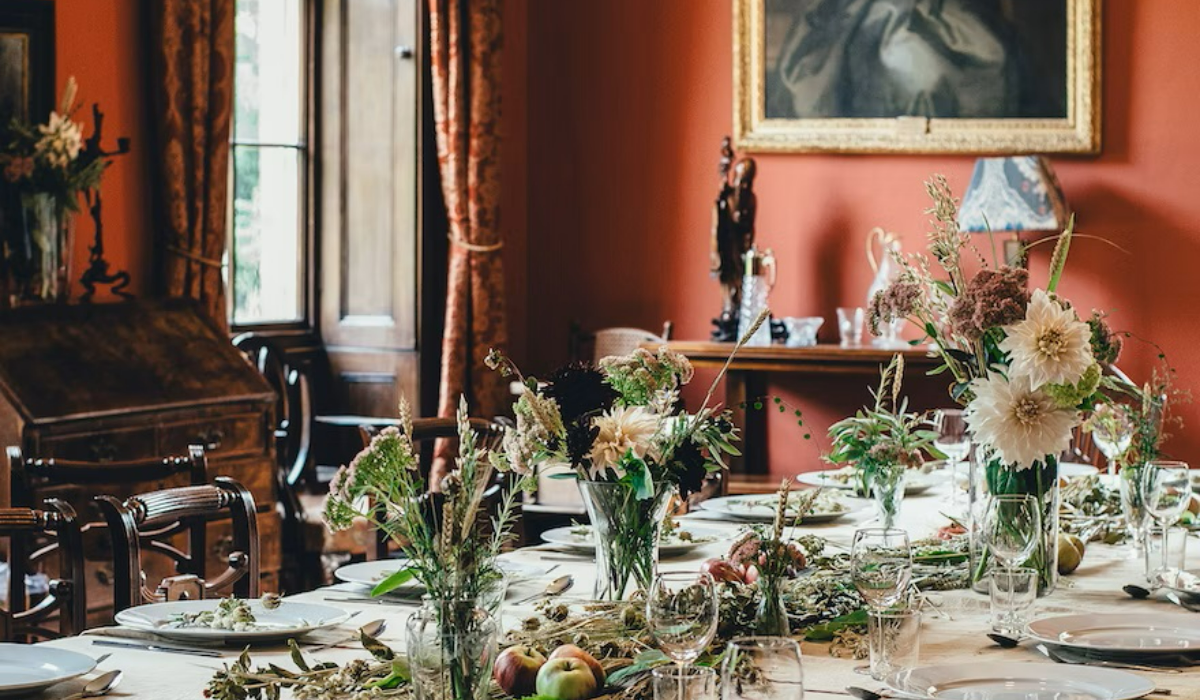
Colour Palette
The Georgian interior colour palette is characterised by a sense of restraint. Soft and muted colours, often inspired by nature, are common. Pastel shades including pale blues, soft greys, sage green and creamy whites dominate walls, creating an atmosphere of calm elegance.
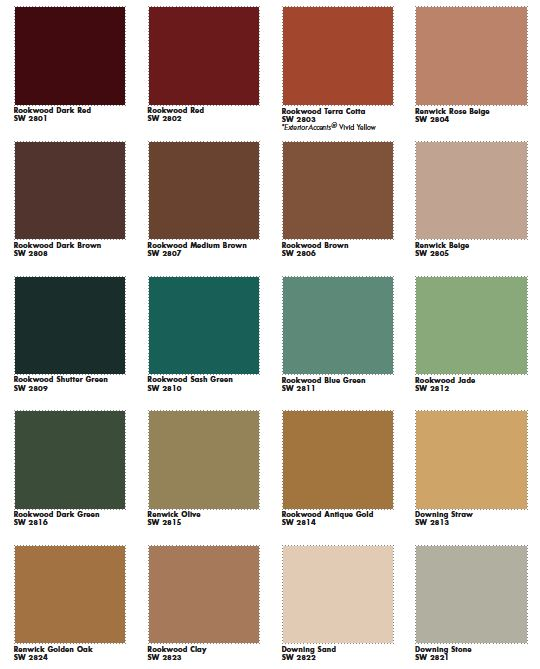
Rococo Influence
Towards the mid-period there was a transition from the more restrained neoclassical style to an earlier rococo influence. Rococo elements introduced more shapely and playful designs, adding a touch of whimsy to some interiors with more elaborate ornamentation and motifs.
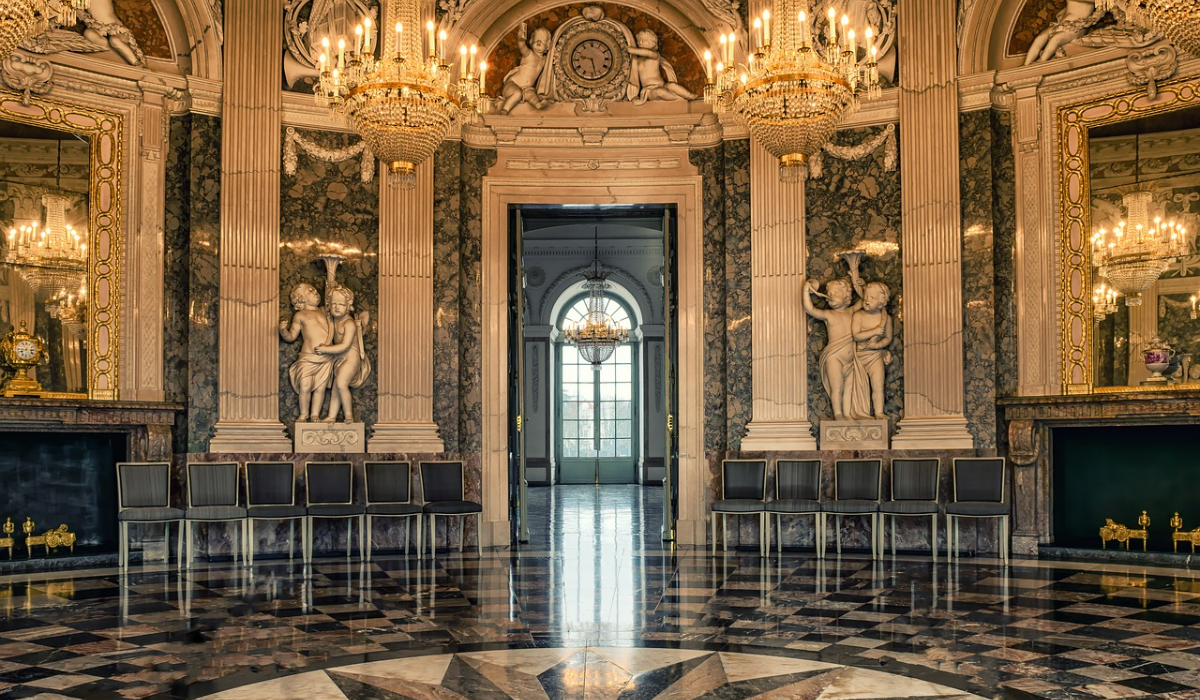
Elegant Accessorising
Period interiors are tastefully accessorised with decorative items including porcelain pieces, crystal chandeliers and gilt-framed mirrors. These accessories complement the neoclassical style and enhance a sense of detail and refinement—that detail extends to period door and cabinet furniture.
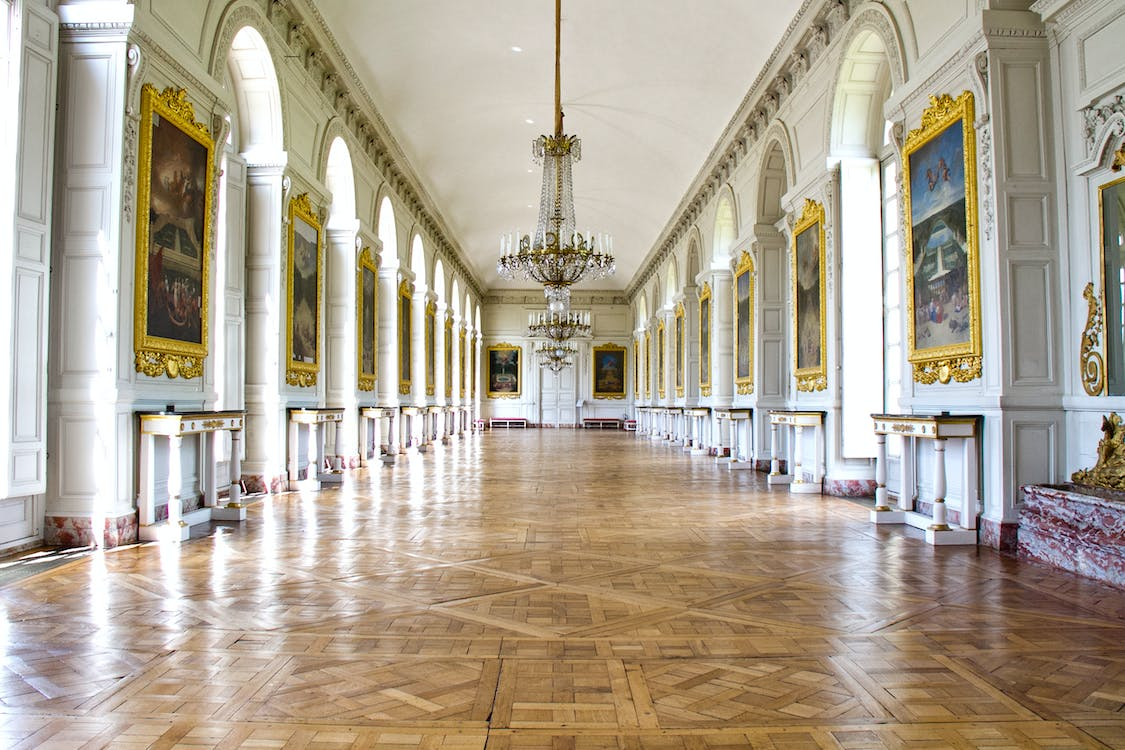
Georgian Period Door Furniture
Today the Georgian aesthetic influences all aspects of interior design, and this can be clearly seen in period door furniture and cabinetry, with door handles and door knobs in particular. Many of the design elements that define the era can be seen in today’s traditional door furniture.
Door Handles
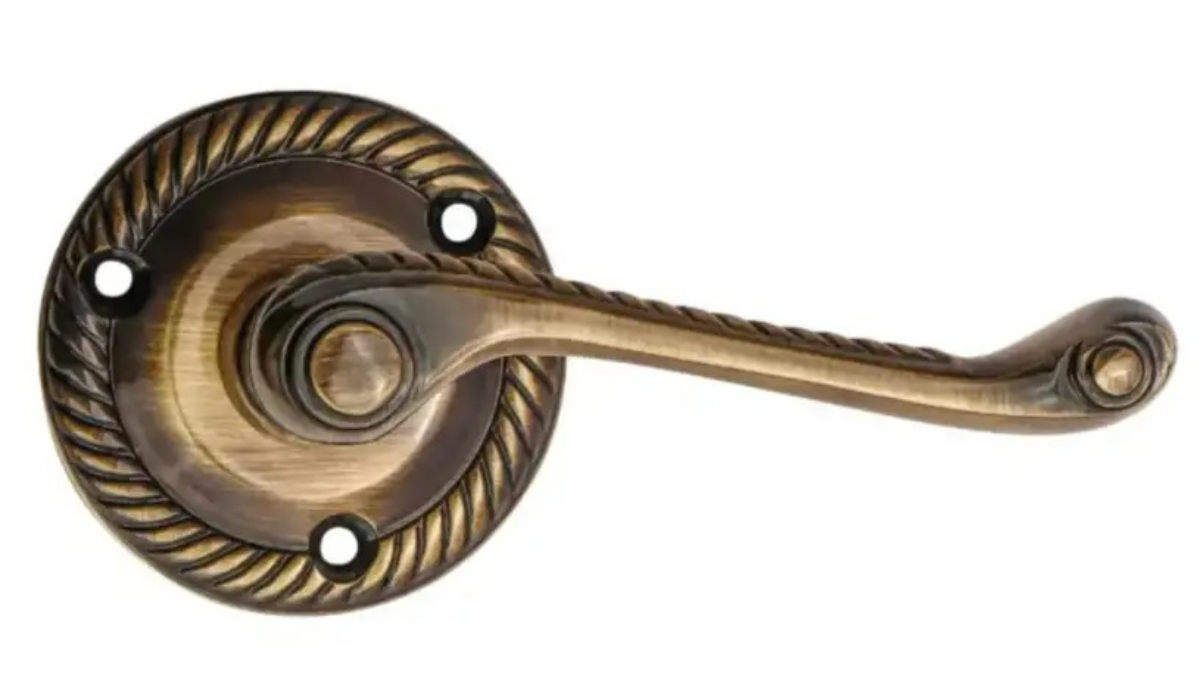
Georgian door handles are typically paired with backplates or roses that feature intricate designs. Backplates could for example be rectangular or oval in shape, and often showcase decorative engravings, filigree patterns or embossed motifs that echo the neoclassical style.
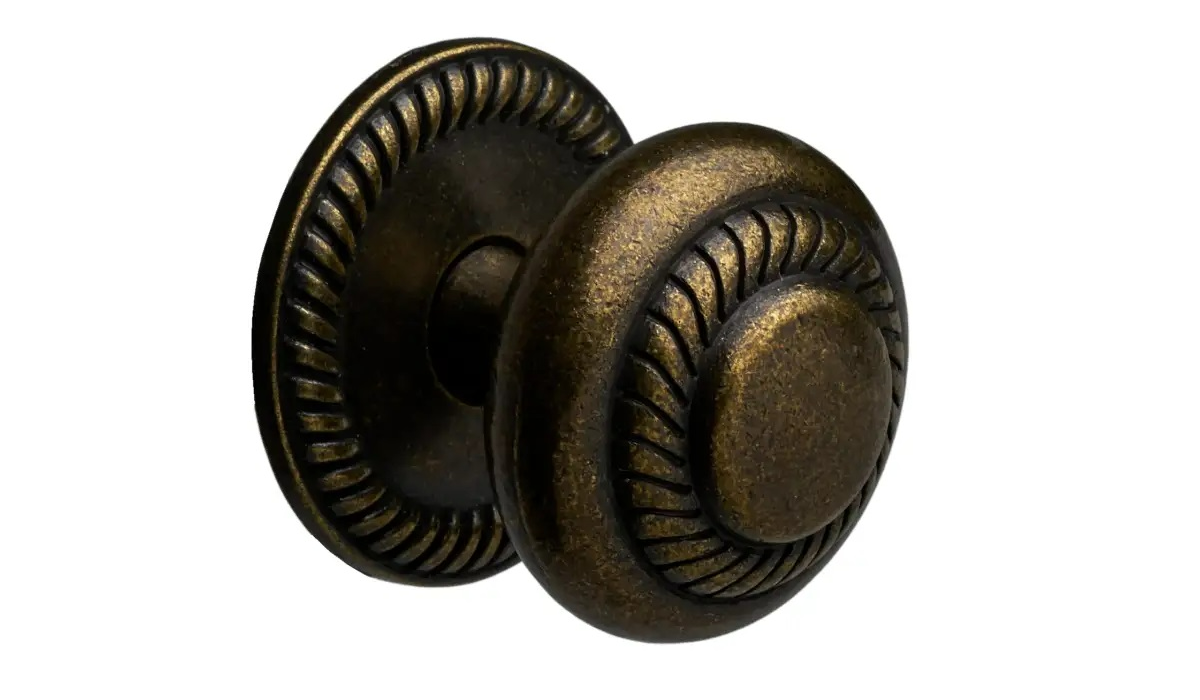
With symmetry being a hallmark of the period, this extends to door hardware too. Door and cabinet handles and knobs often emphasise balance and proportion. Symmetrical motifs, such as matching floral or architectural designs are common, such as scroll levers and rope edging.
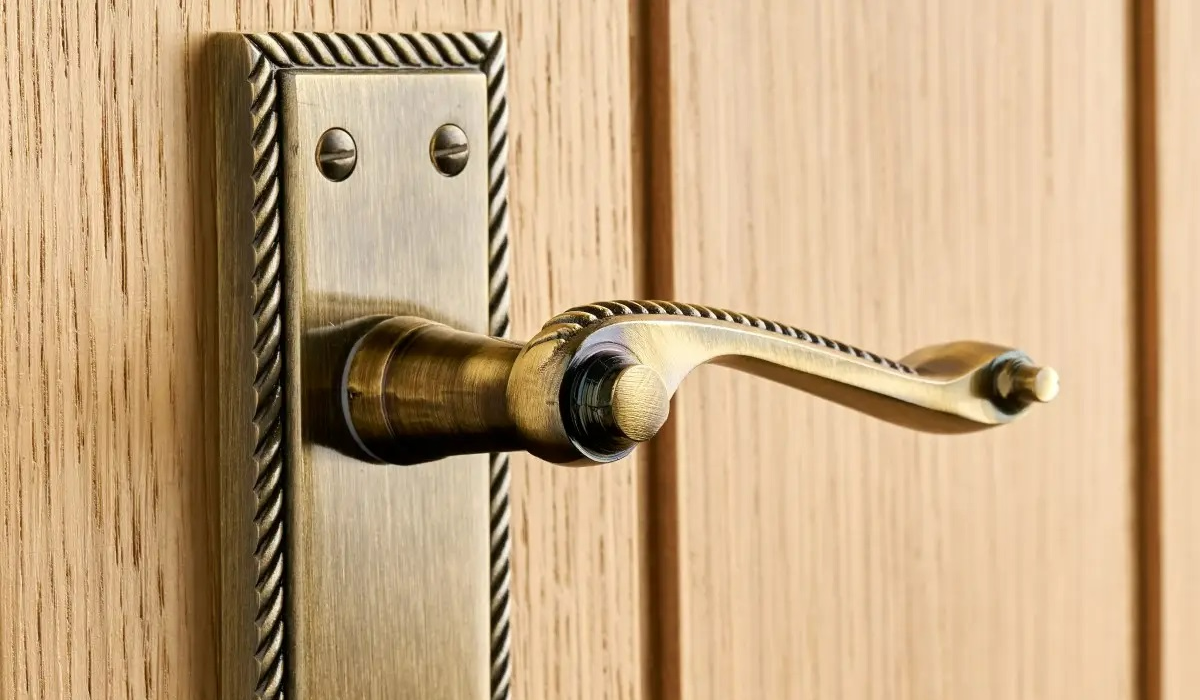
Door Knobs
Georgian door knobs use similar design motifs as lever handles, including rope detailing on knobs, roses and backplates. Other typical period door knobs include variations on beehive door knob designs, often in solid brass, bronze, and black ebonised wood.
Door knobs of this period typically have a variety of features, such as the beehive door knob pictured above, and other reeded and fluted knob designs, as well as aged, antique styles. It's not just door handles and door knobs. Consider period cabinetry handles and door knobs for furniture doors and drawers as well, such as the antique brass cabinet knob pictured below.
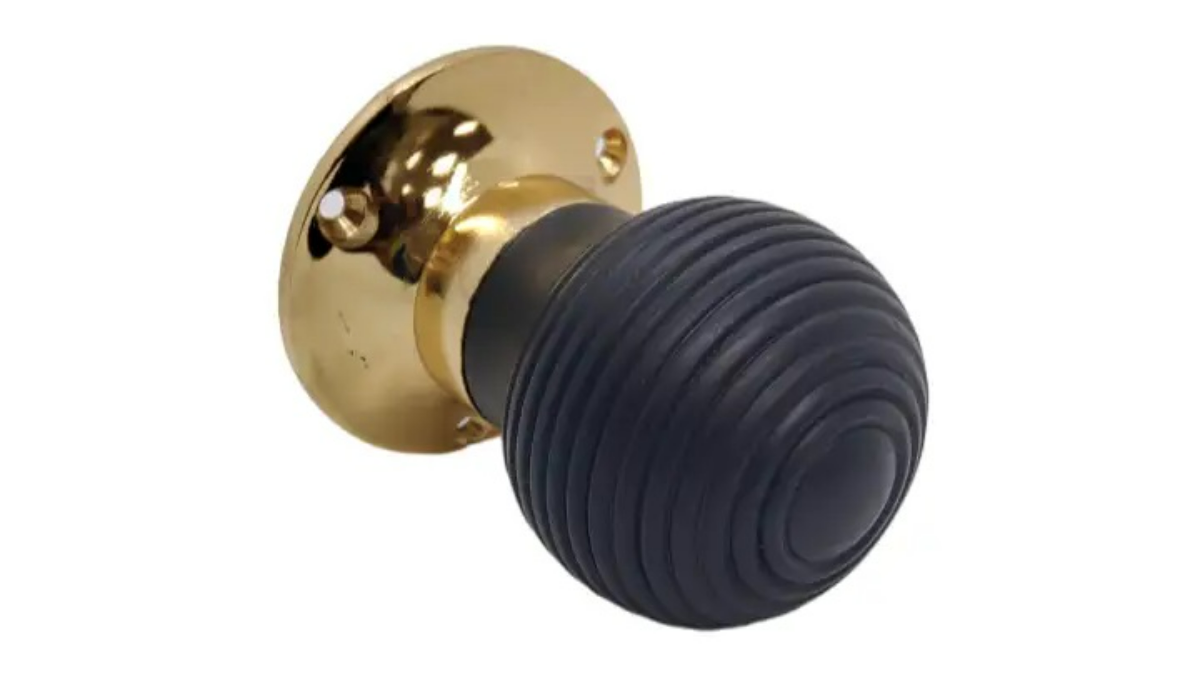
Other Period Door Furniture
Escutcheons and keyhole covers are used to protect and embellish keyholes. These pieces are often more richly designed, featuring patterns and shapes that complement the overall door hardware look.
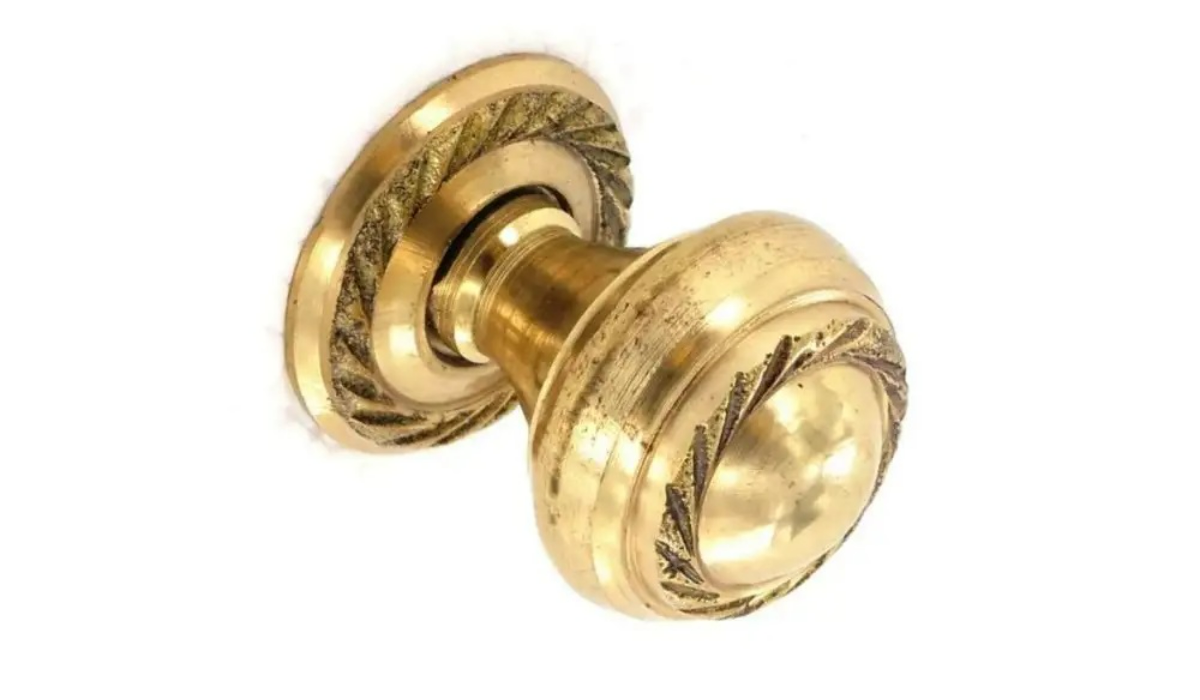
Period door hardware strikes a balance between functionality and aesthetics. While these pieces are ornate and visually appealing, they are also crafted to serve their primary purpose effectively, ensuring that they’re not just decorative elements but also function well. The Georgian brass letterbox is a design classic.

Georgian period door furniture, handles and door knobs in particular, are very popular today, and can be seen in traditional designs and more contemporary period-inspired pieces. Often you will find them in modern finishes and with different lock styles.
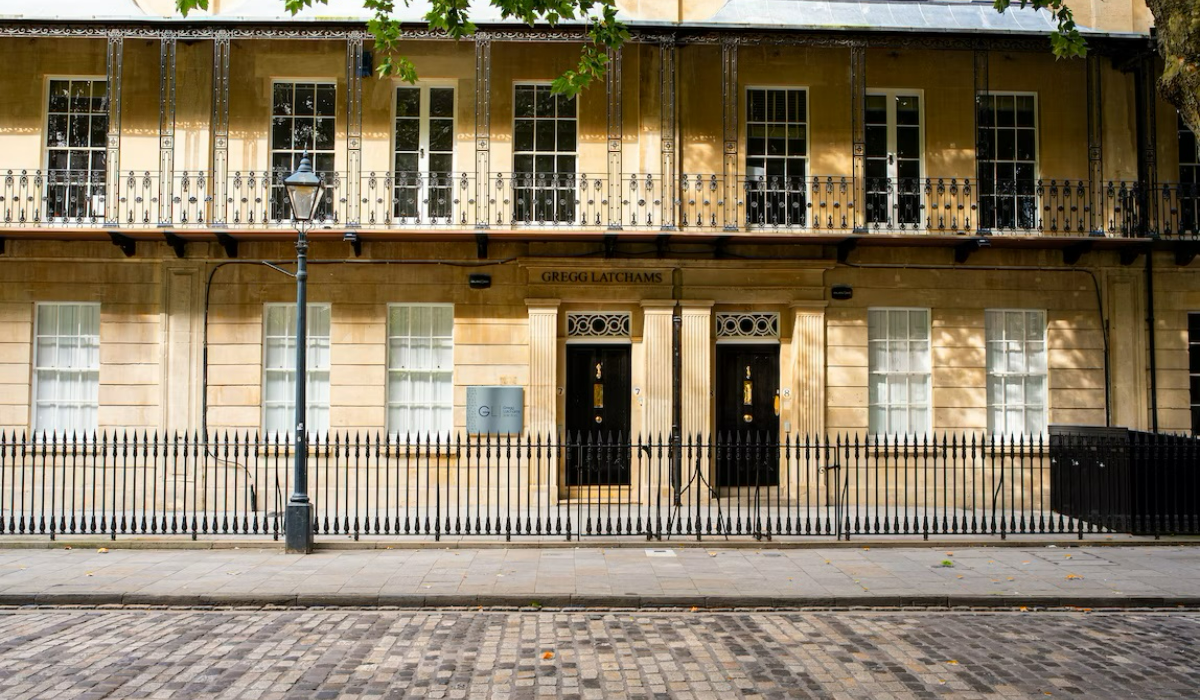
Period and Contemporary Application
Traditional door furniture, such as handles and door knobs, are a key element in creating a period interior design. Door furniture offers integral detail that helps to unify a room's theme for a consistent period style, look and feel.
Door knobs and handles, whether in traditional materials, such as solid brass, wood or pewter for example, or combining period styling, detail and motifs, with more contemporary finishes, including brushed brass, black nickel or satin chrome, offer myriad ways to enhance and help stylise an interior. Whether it's traditional or contemporary, cherry pick period elements to satisfy your creative vision.
Final Thoughts
So, whether you want a traditional look for you home, or you want to inject a period twist into a modern space, the Georgian era can offer a great deal for the decorative arts, interior designers and DIYers alike, whether in period properties or contemporary homes.
Another popular period in today’s interiors and with door hardware is the Victorian era. Look out for the Victorian and Edwardian articles which accoumpany this article, exploring Victorian and Edwardian door handles and knobs.
For more period door furniture inspiration visit Hiatt Hardware and browse the full range of door and cabinet handles and knobs. Also, why not check out the latest Hiatt Hardware Timeless Interiors report to explore top interior design trends across the globe?

